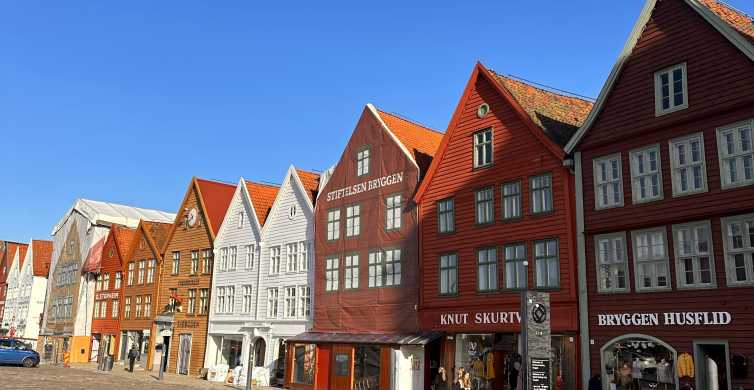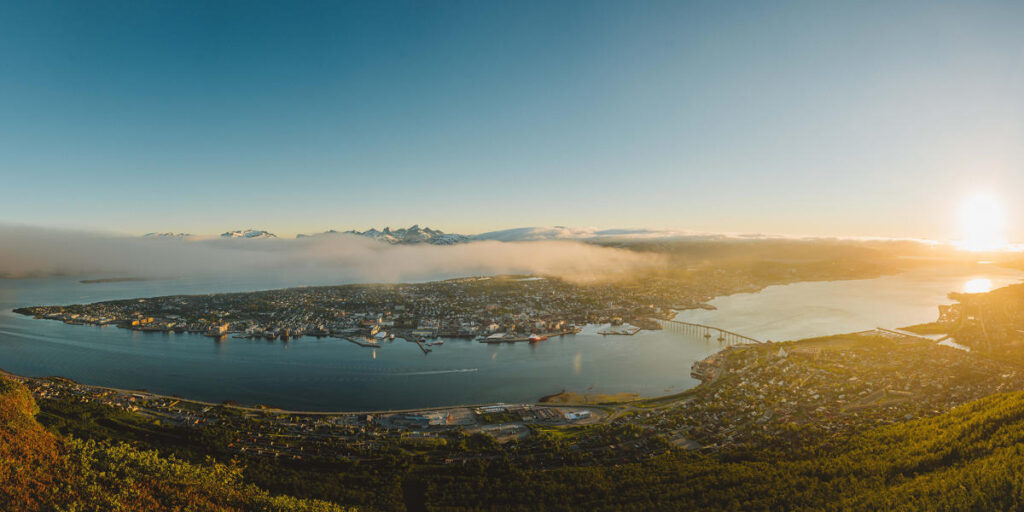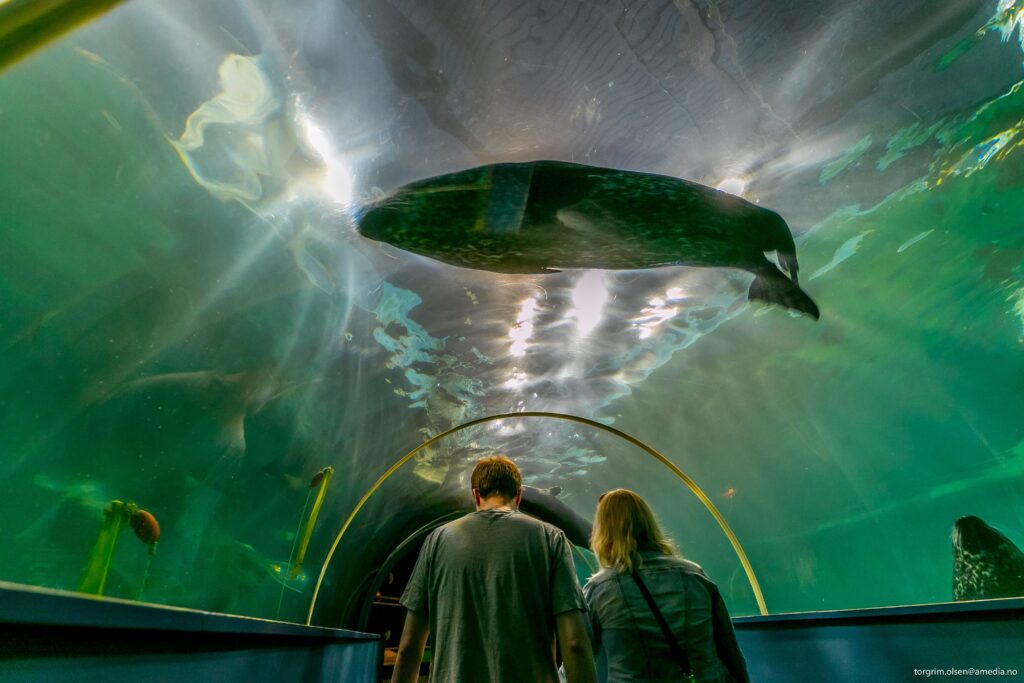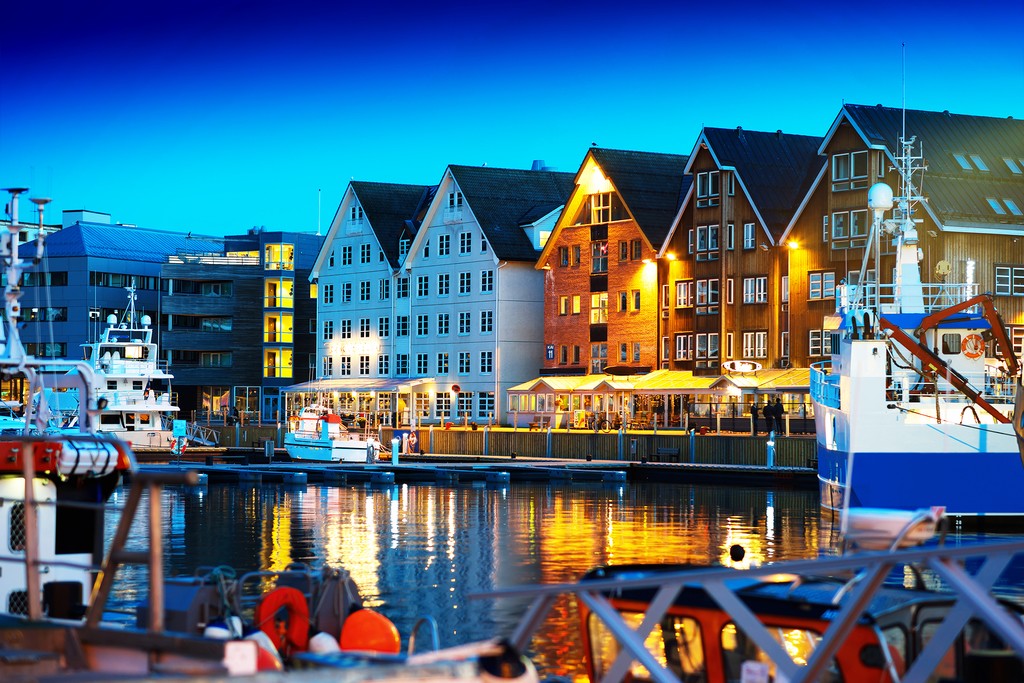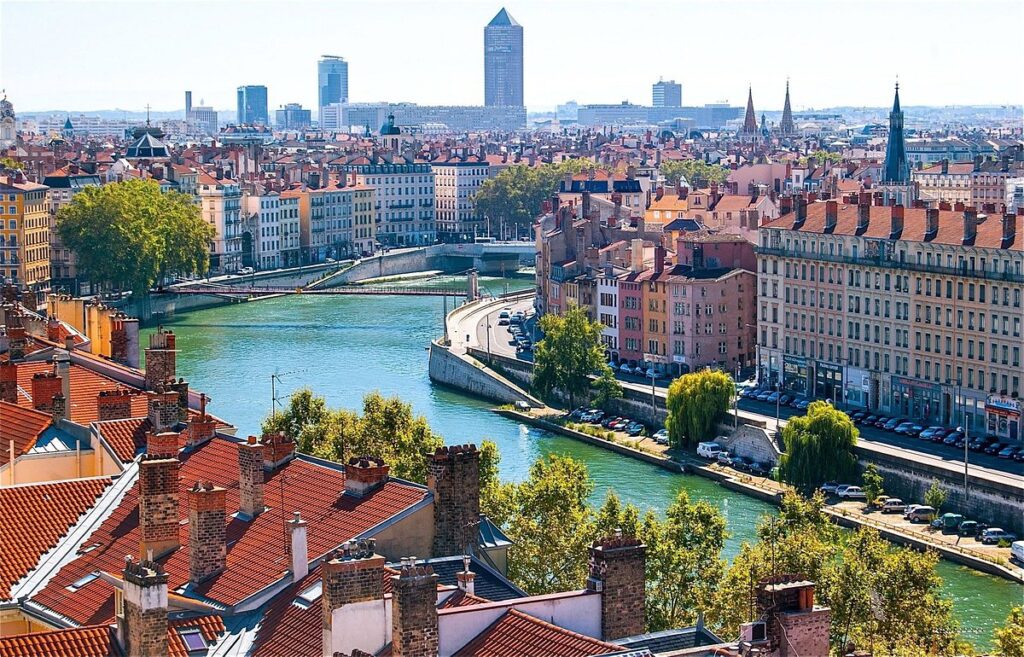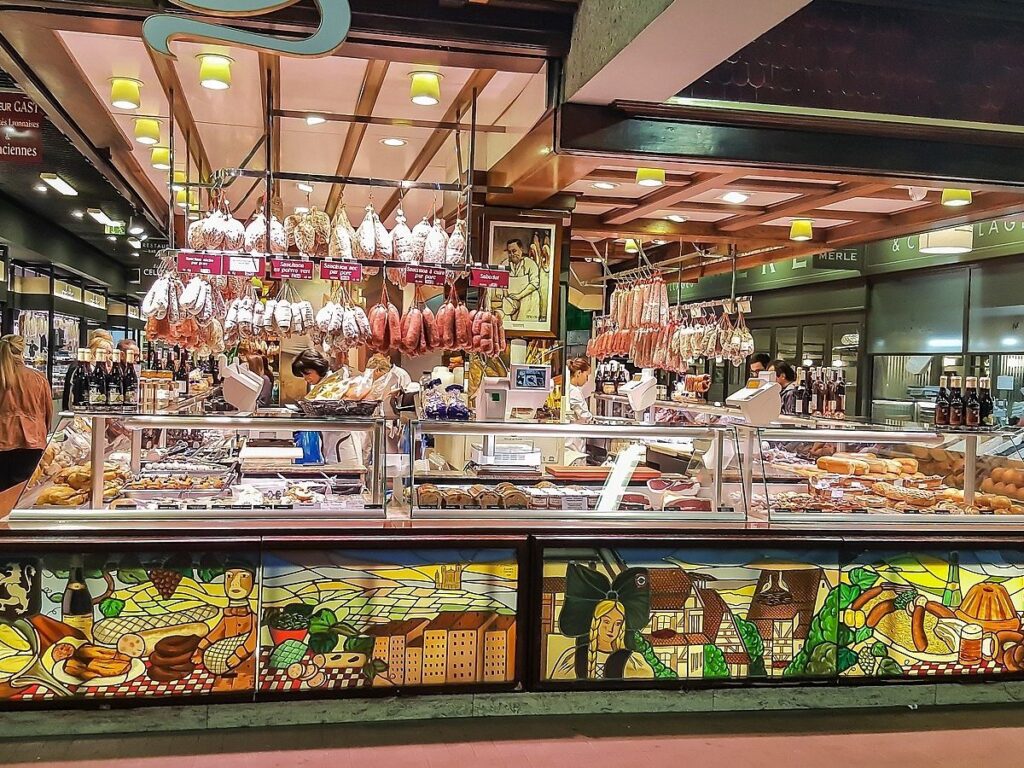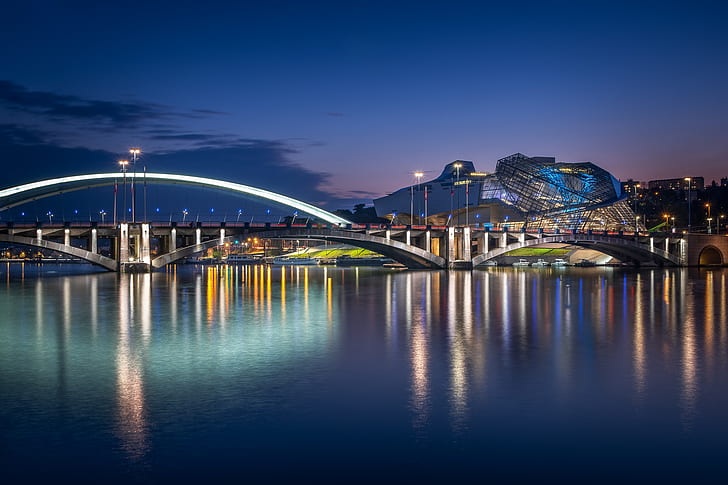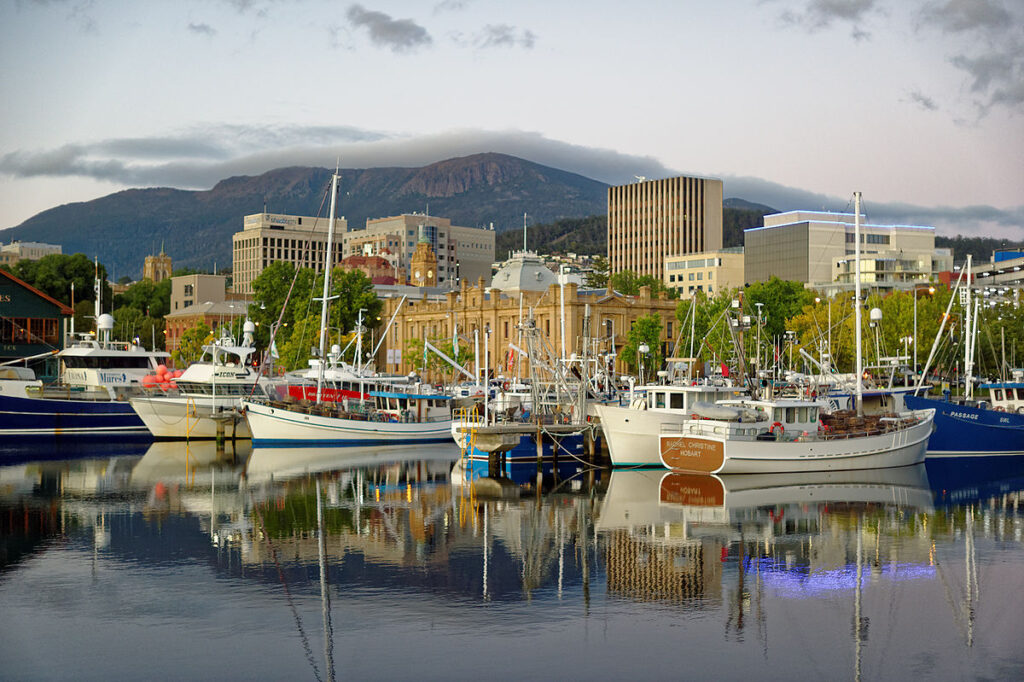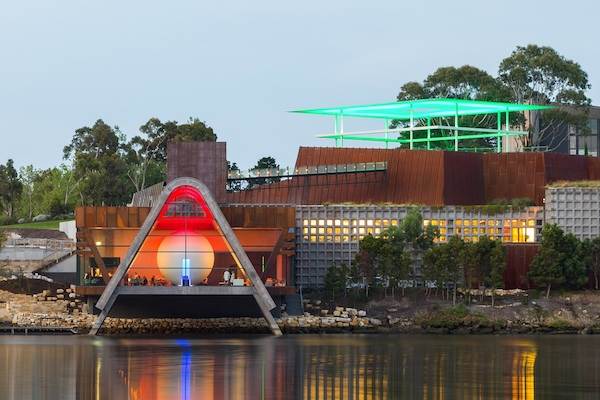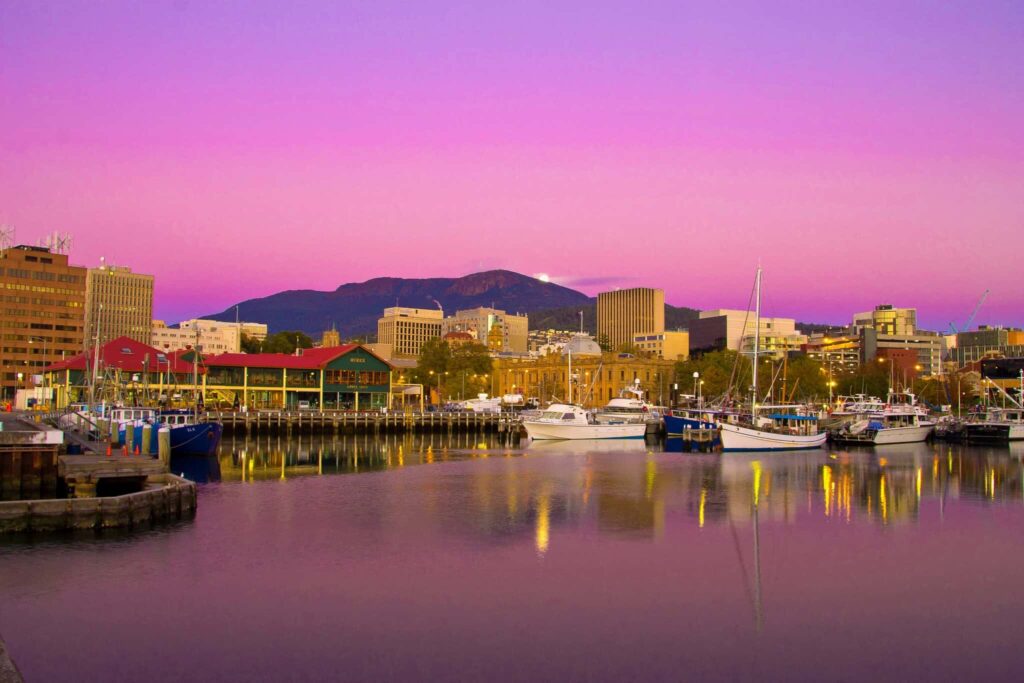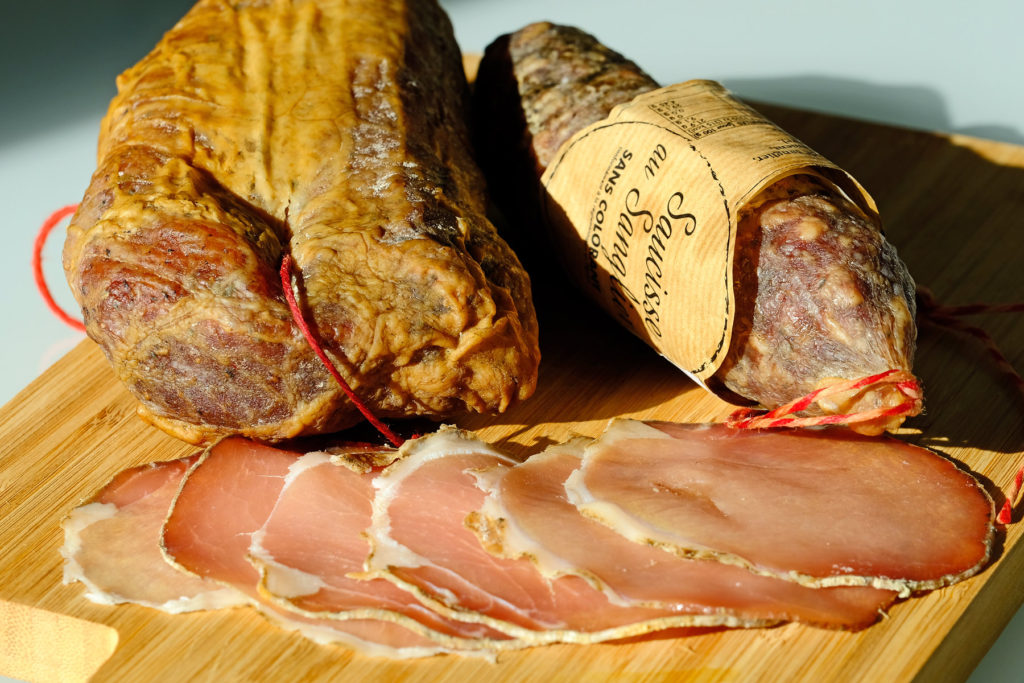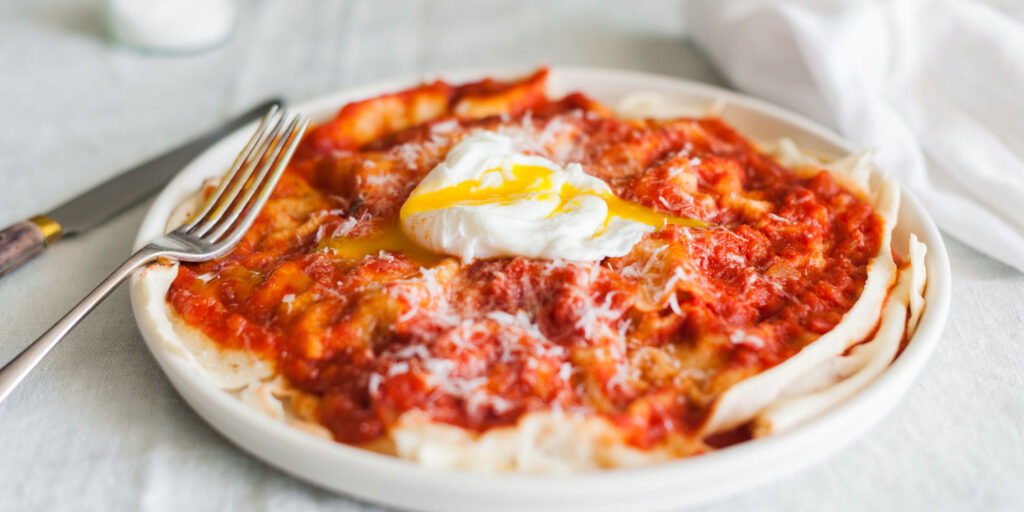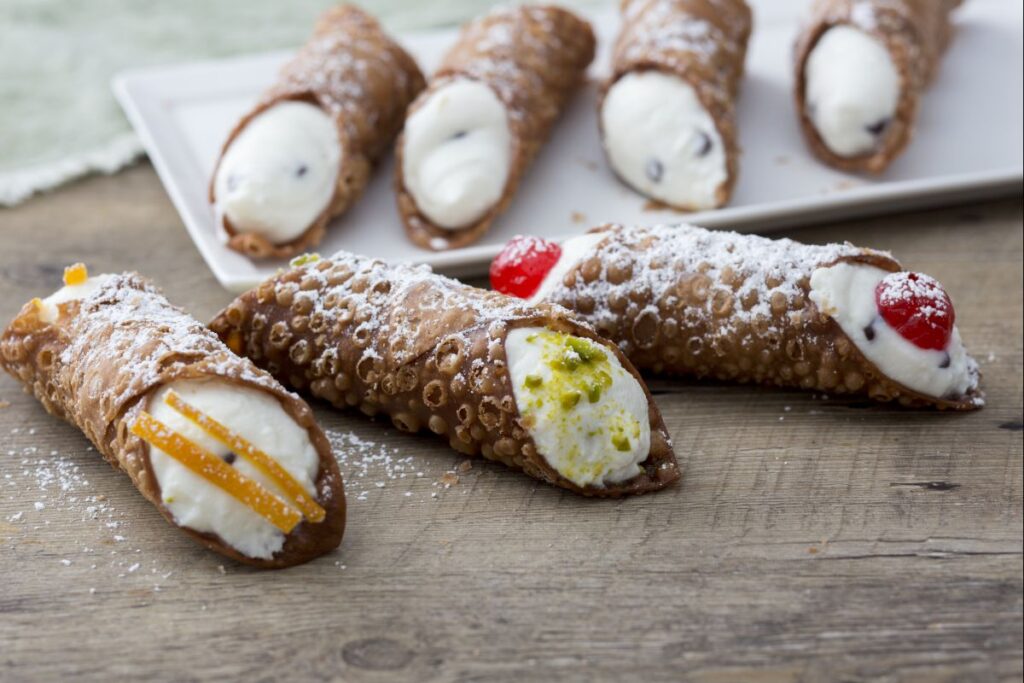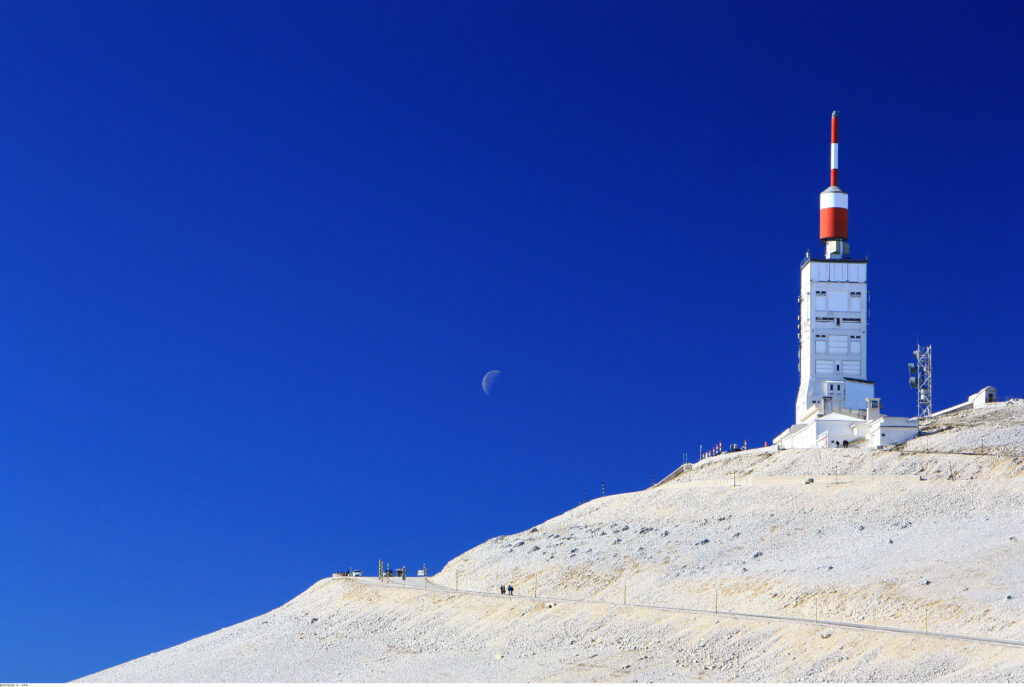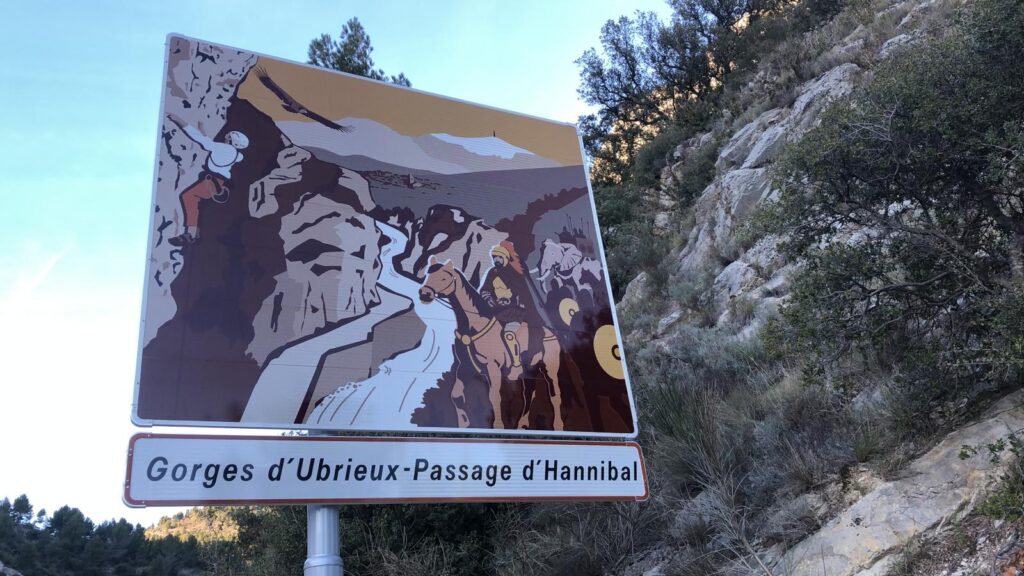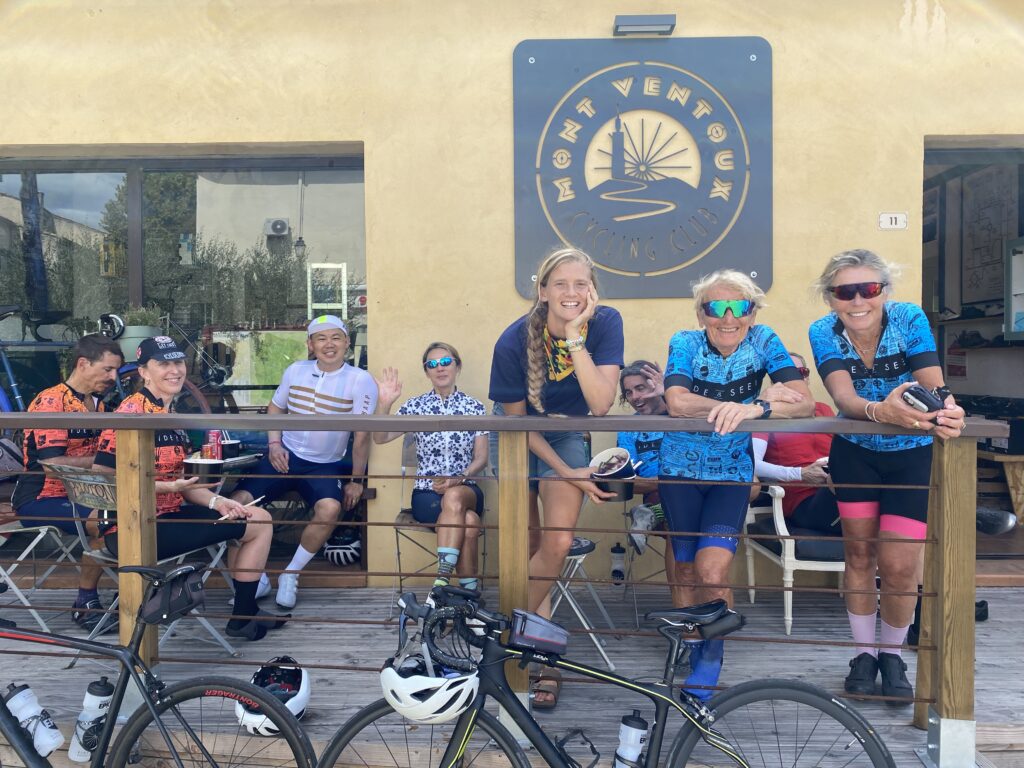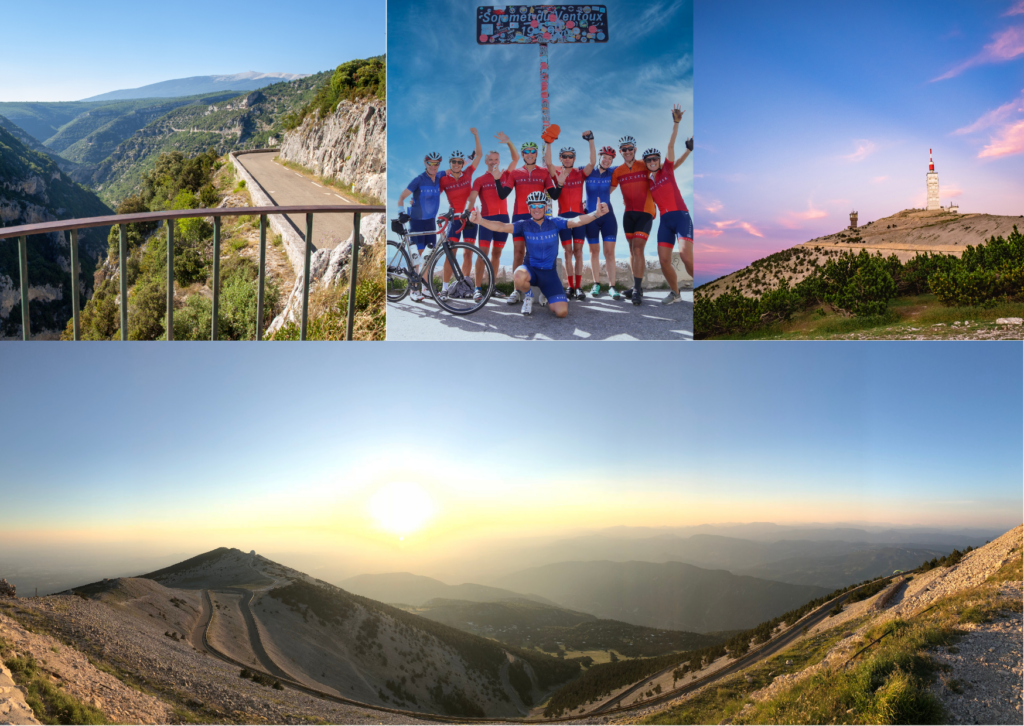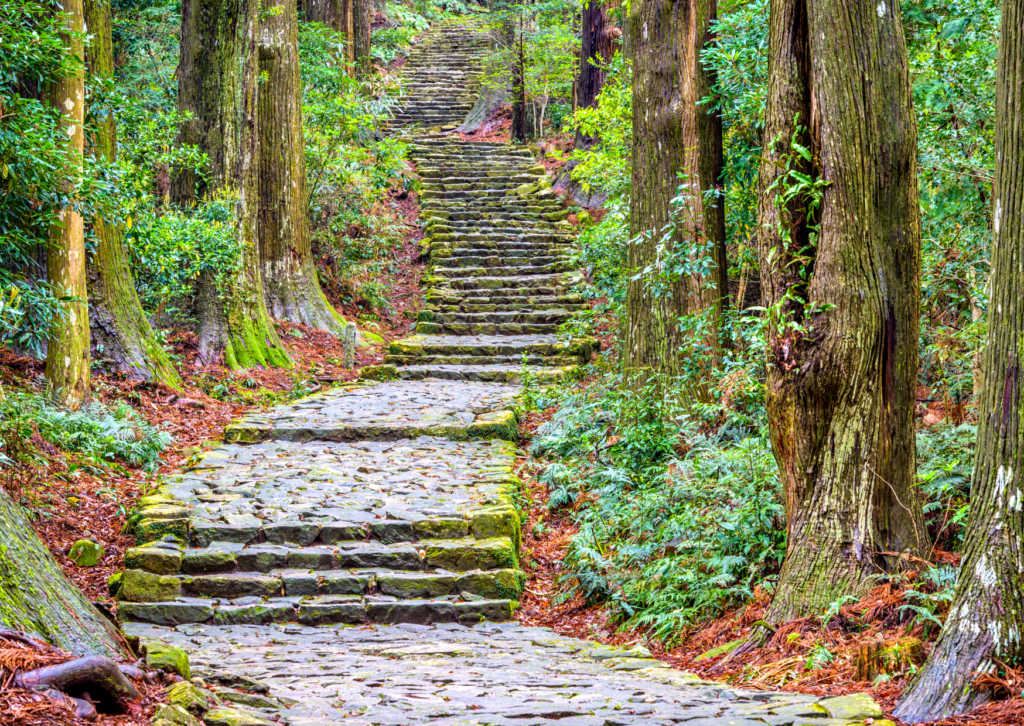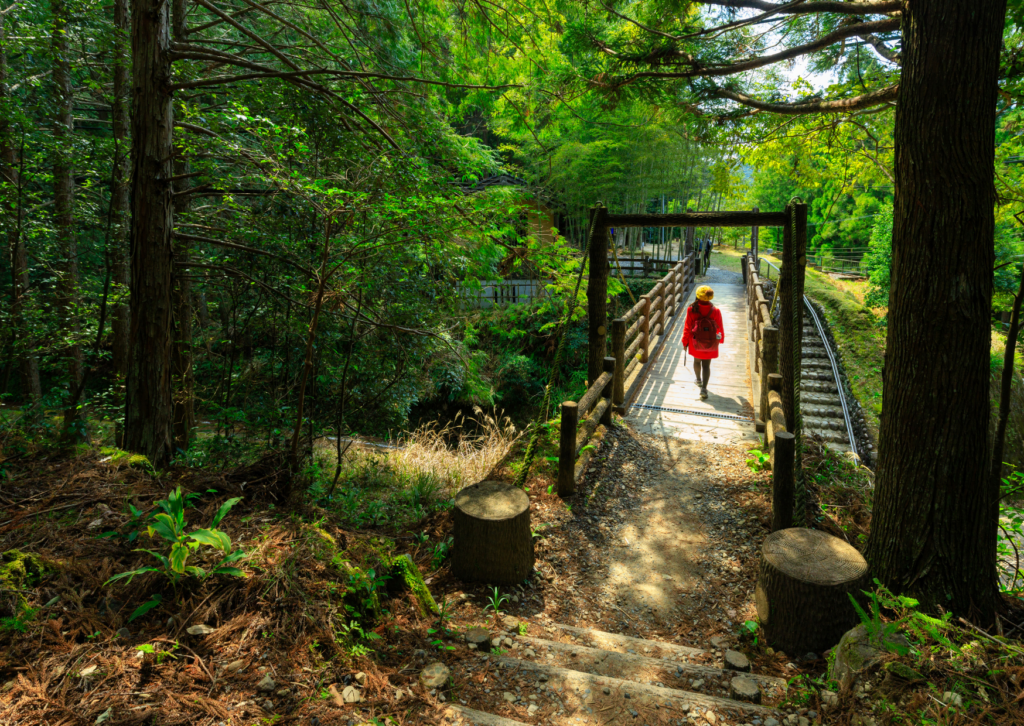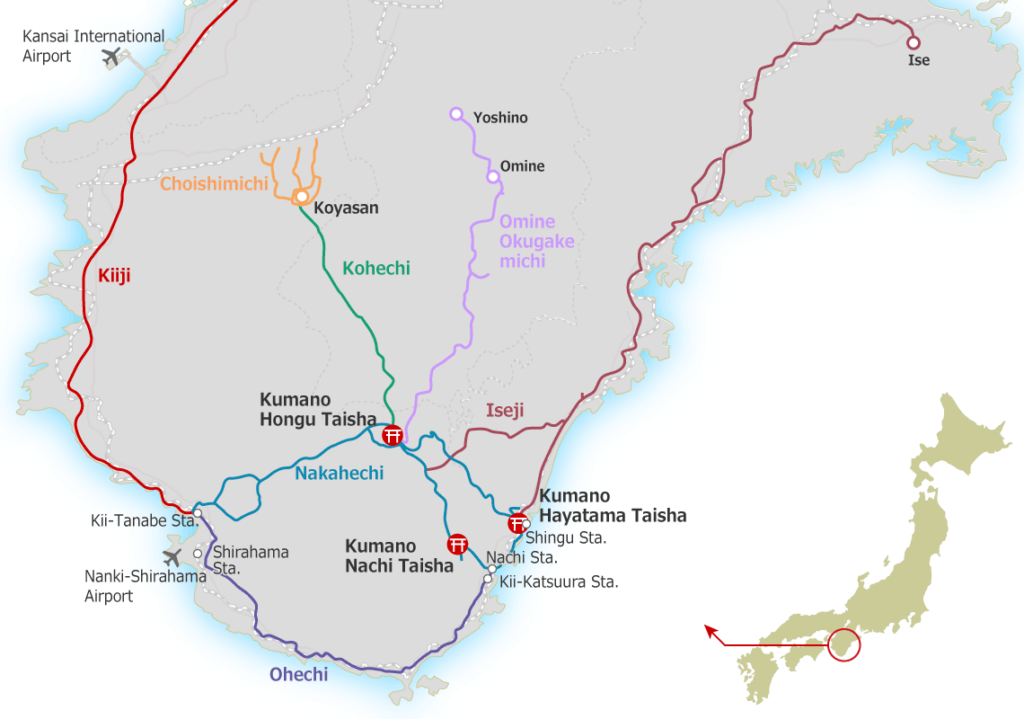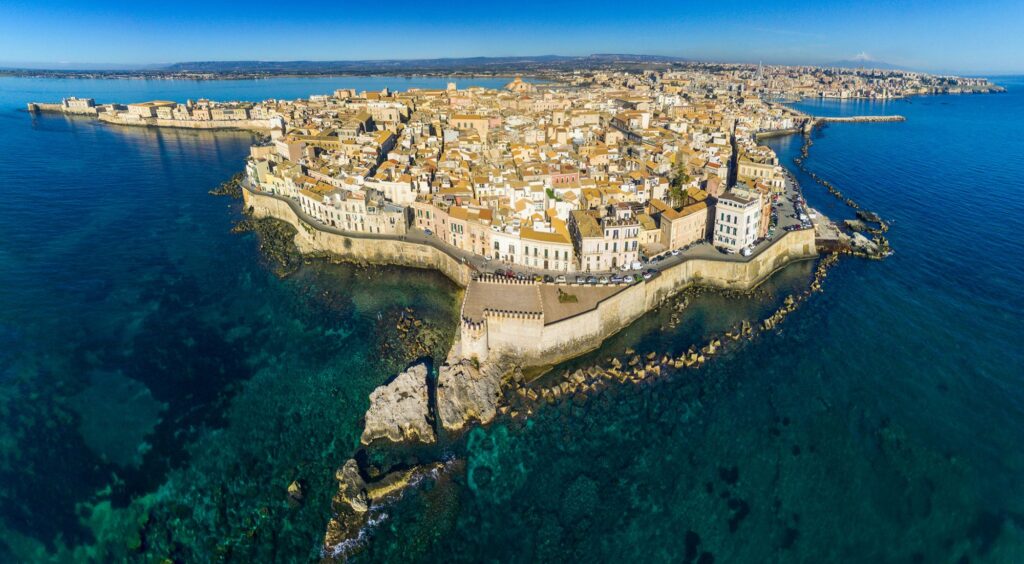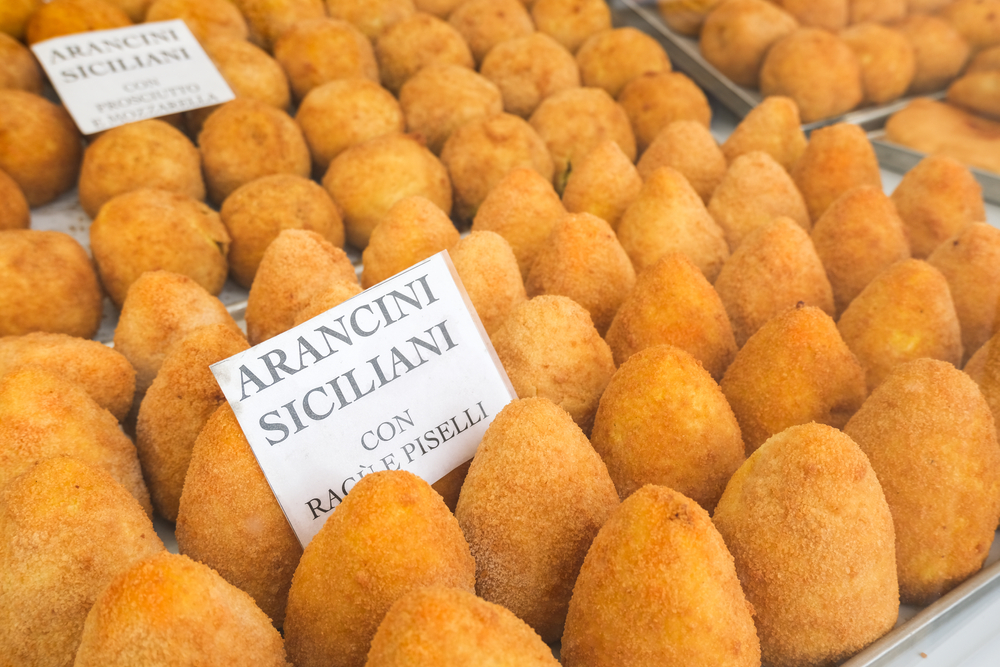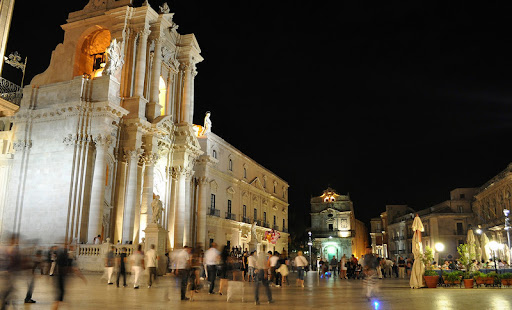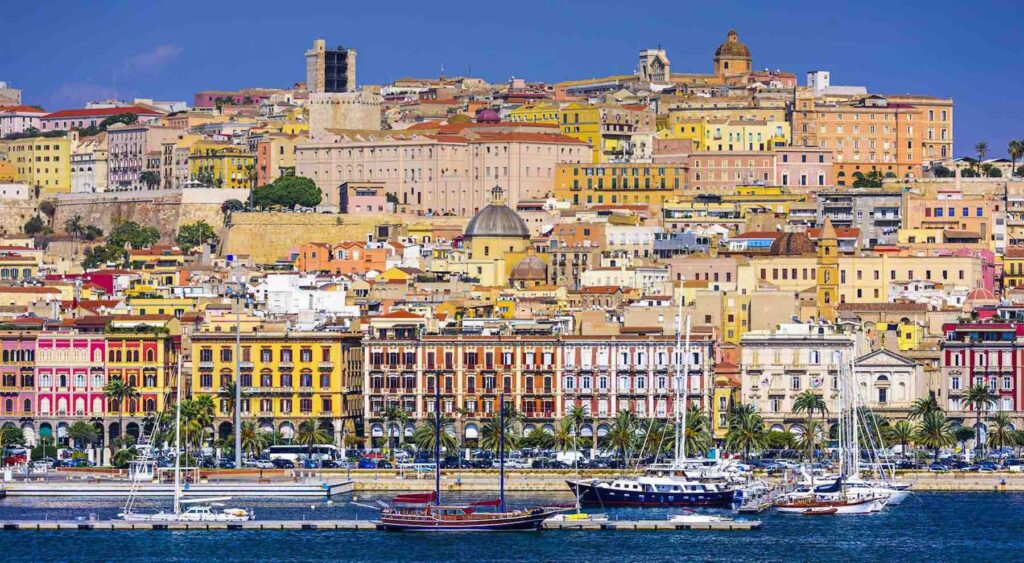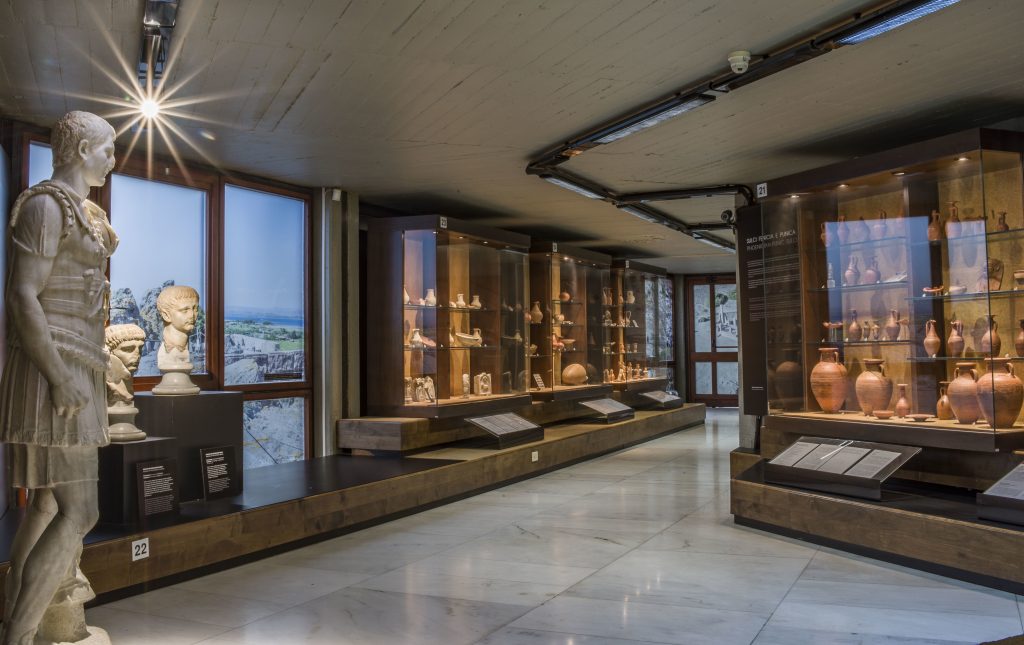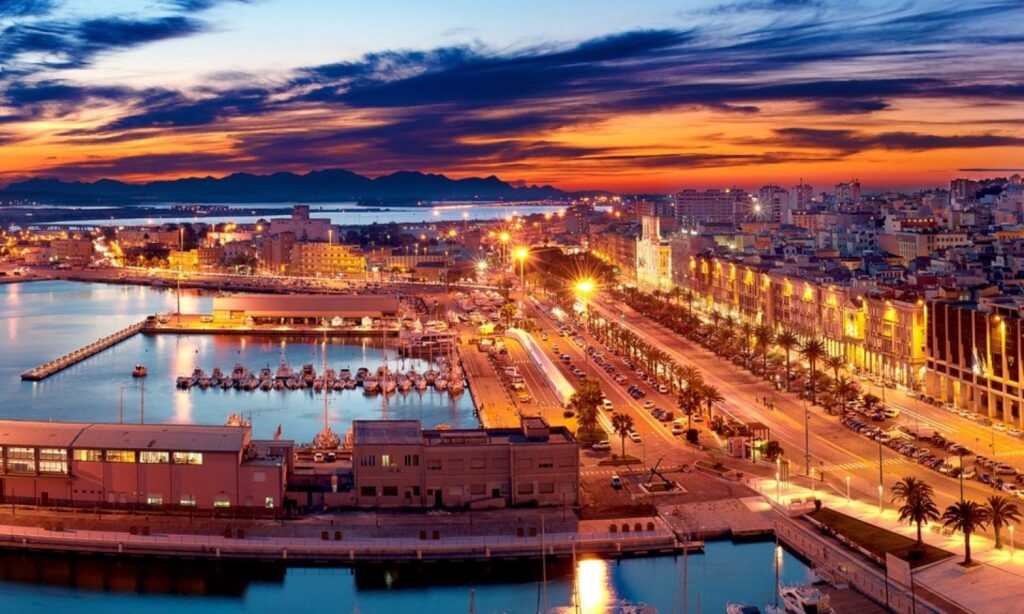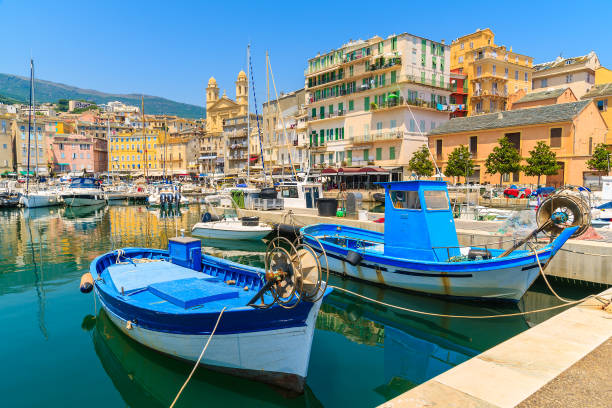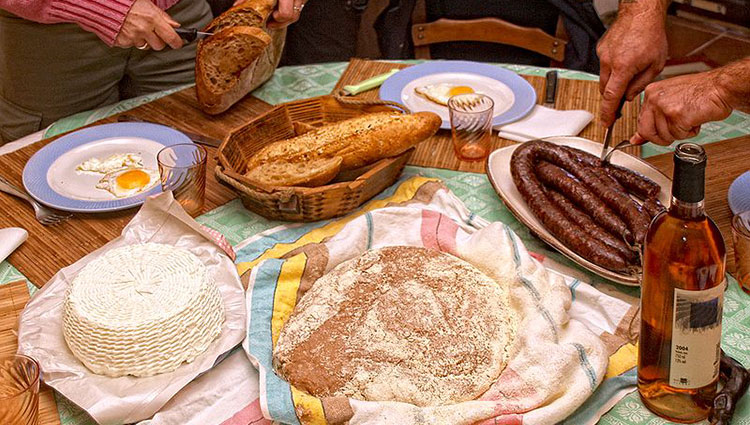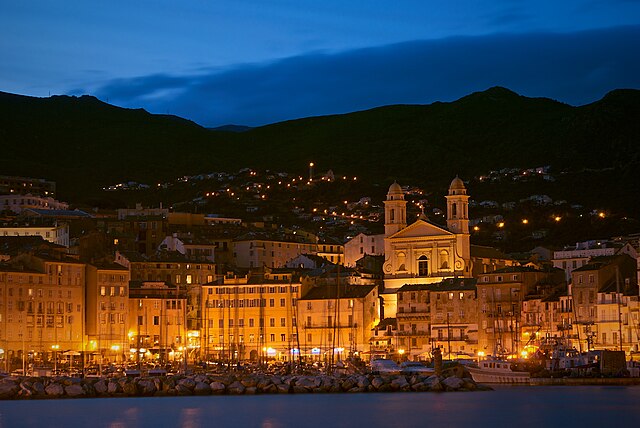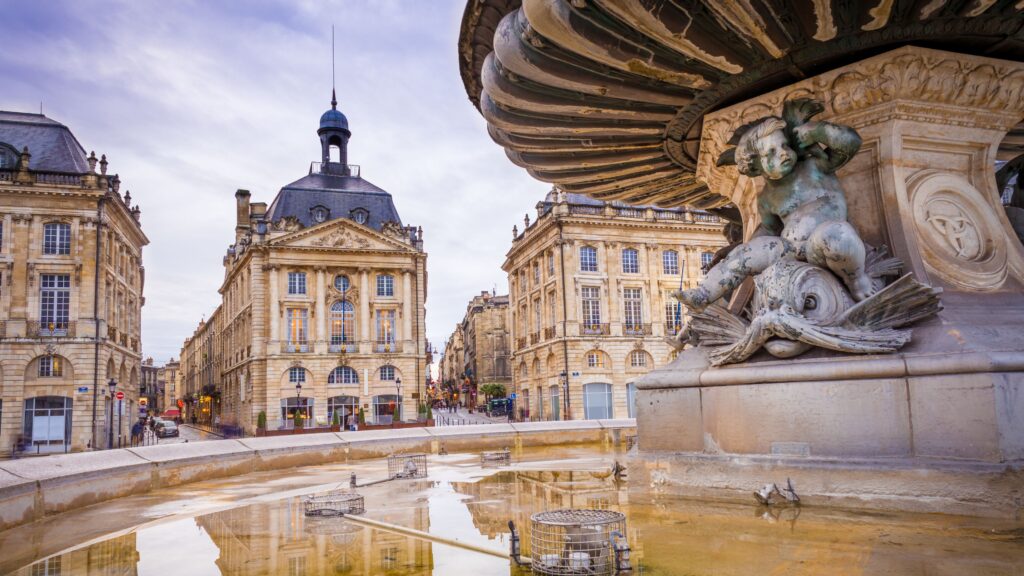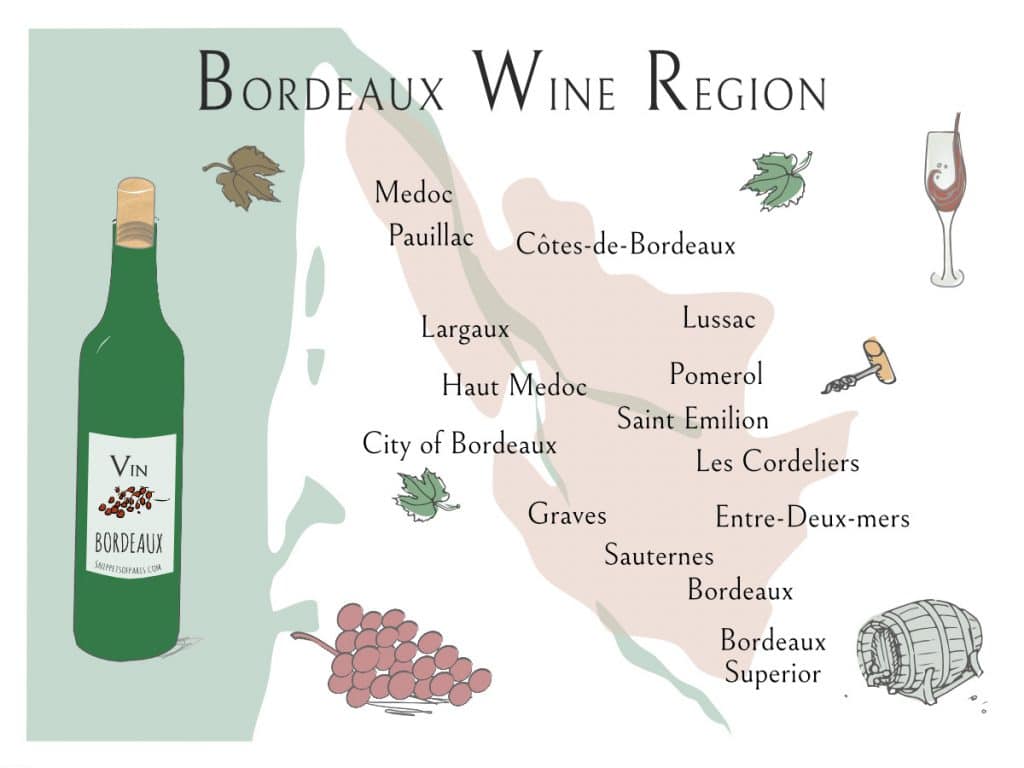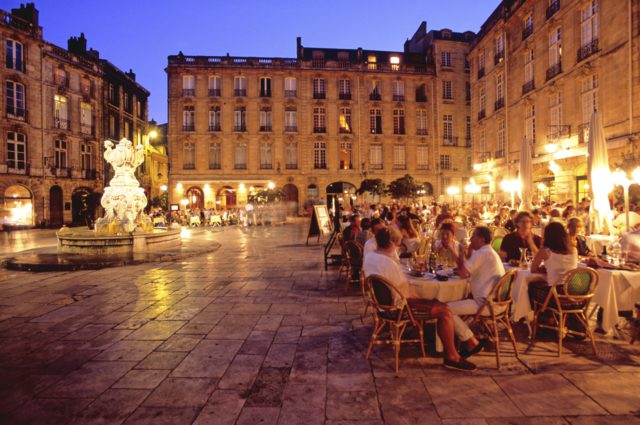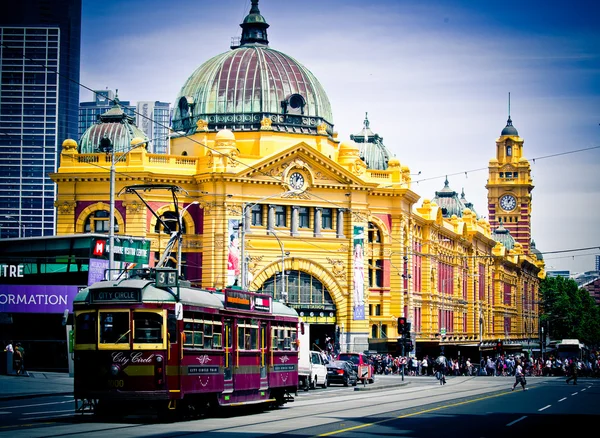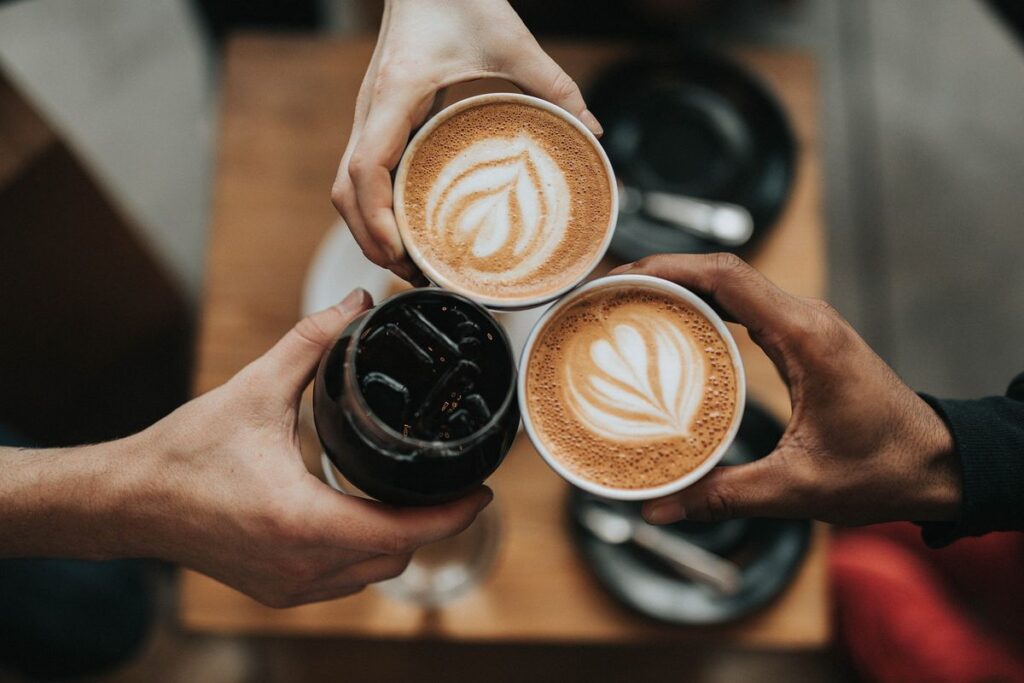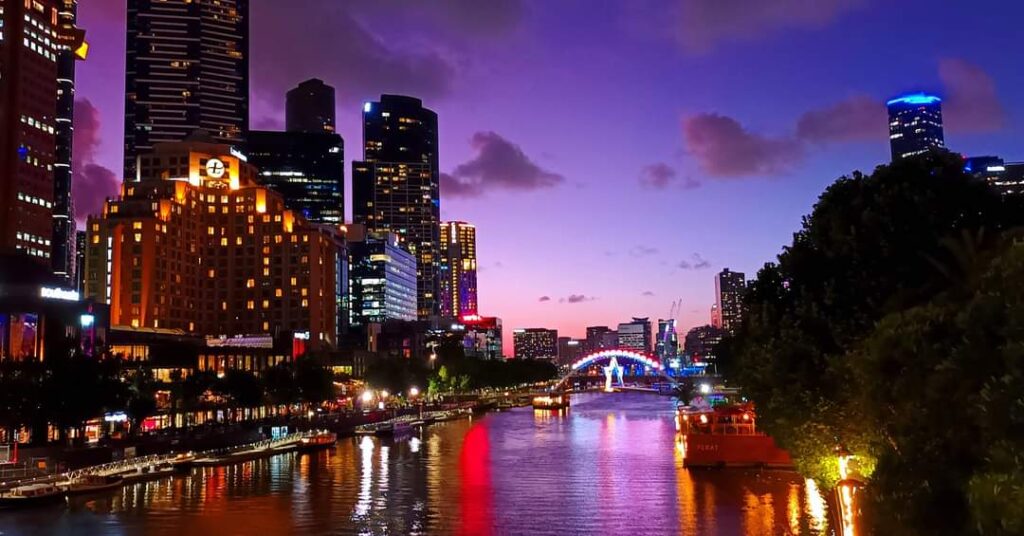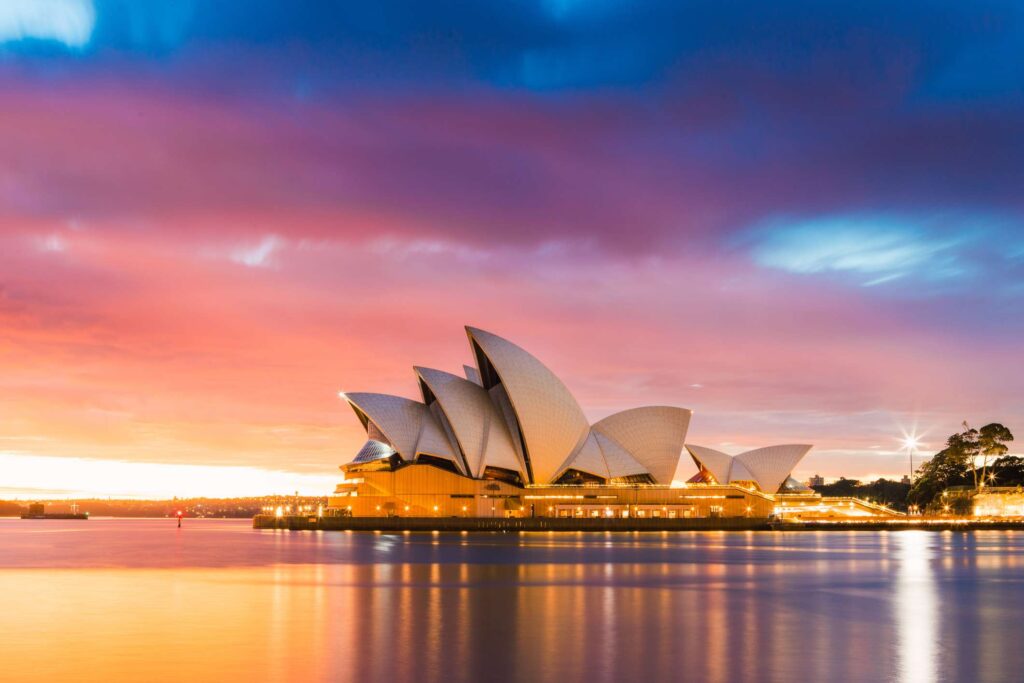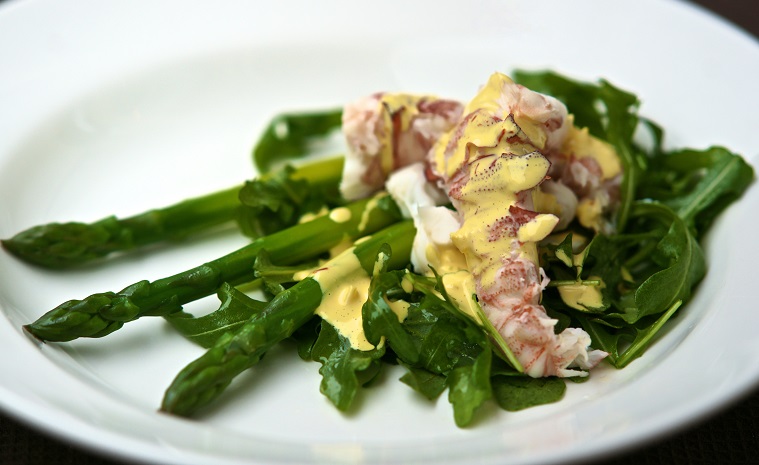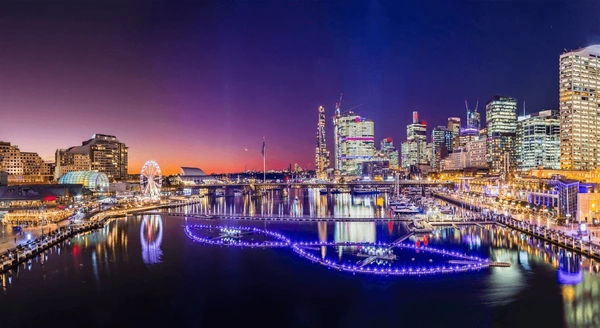One of our highlight rides from the Norsemen Tour in Norway is on the Lofoten Islands. It comes early in our tour but really serves to set the scene for the riding ahead. The ride from Solvær to Reine truly is one for the ages!
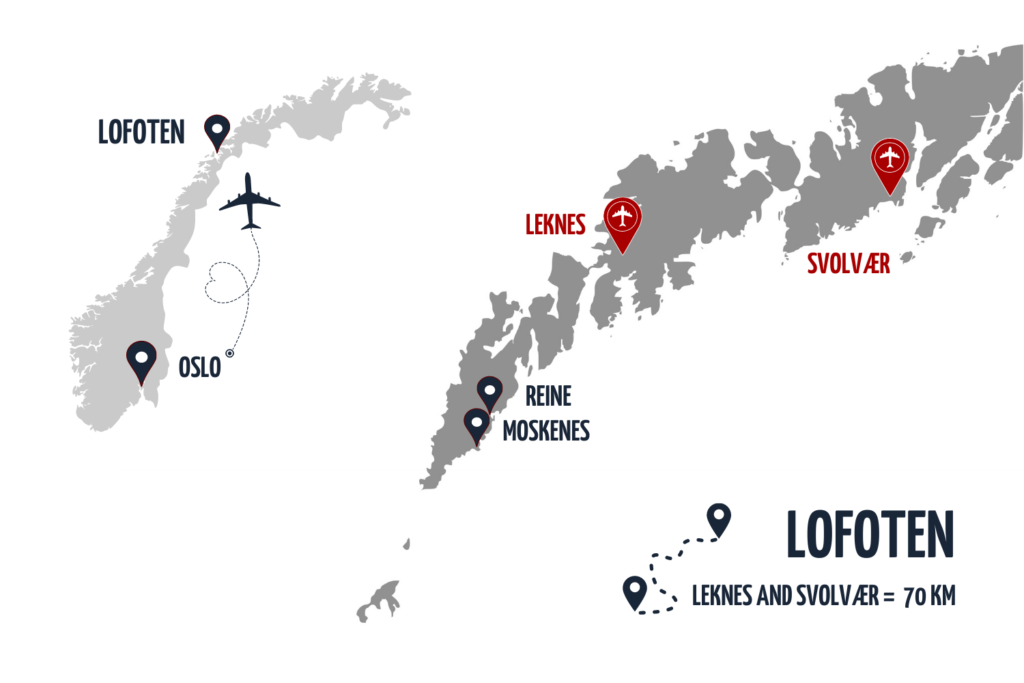
As you pedal away from Svolvær, you’ll find yourself engulfed in a symphony of mesmerizing landscapes. Majestic mountains stand tall, their snow-capped peaks seemingly touching the heavens, while deep fjords glisten like jewels under the endless Arctic sun.
The coastal road gracefully winds along the rugged coastline, revealing one stunning panorama after another. Passing through the quaint fishing village of Henningsvær (below), the picturesque charm of colourful houses against the backdrop of vast blue waters will leave you spellbound.
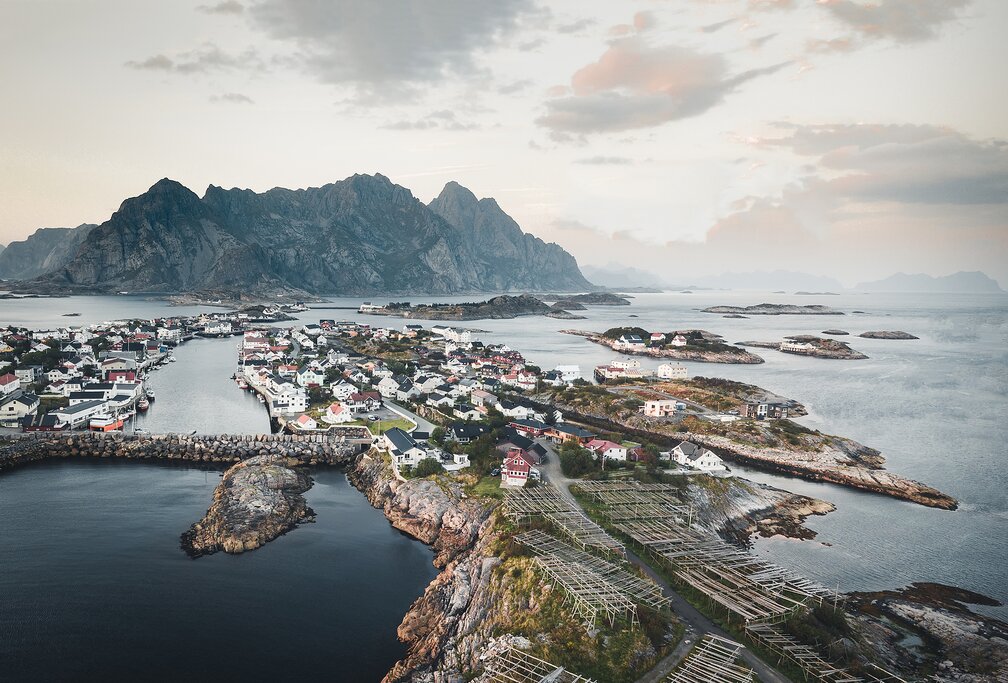
As you venture further, Reinefjorden comes into view, a stunning masterpiece of nature that beckons you closer. Arriving in Reine, you’ll be welcomed by its iconic red rorbuer perched on the water’s edge, mirroring the grandeur of the towering mountains.
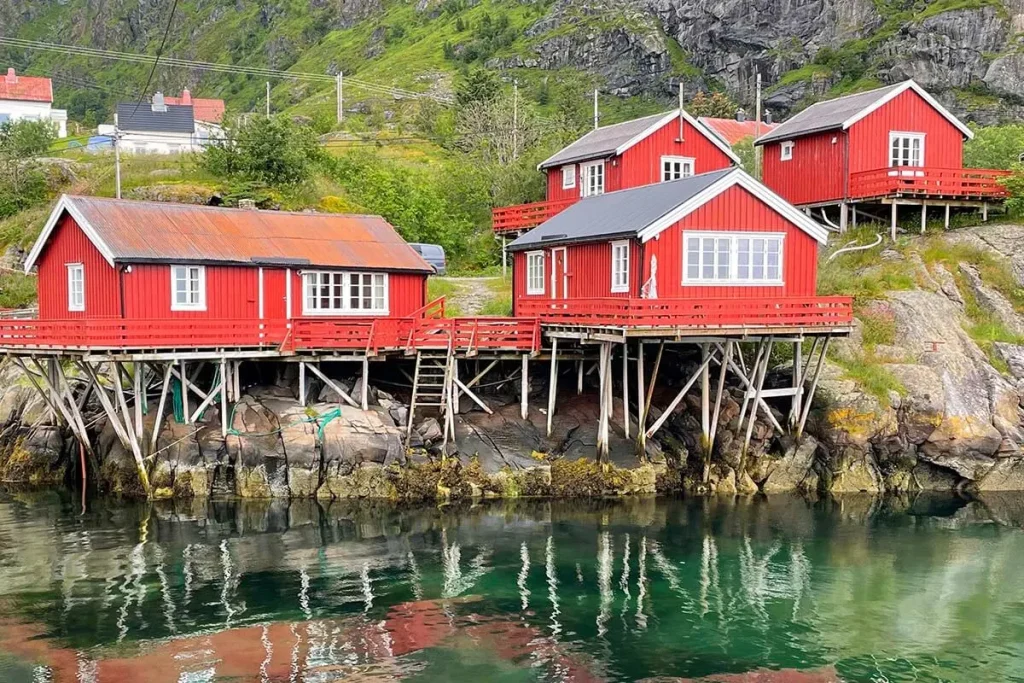
The journey is not just a visual feast but a spiritual experience too. The crisp air carries the salty scent of the sea, while the gentle whispers of the wind become your constant companion. Each pedal stroke becomes a communion with the untamed nature surrounding you.
Embrace the adventure and explore hiking trails leading to breathtaking viewpoints like Reinebringen, rewarding your efforts with panoramic vistas that resonate deep within your soul. Along the route, friendly locals welcome you with warm smiles and captivating stories, making you feel at home in this remote corner of the world.
This cycling odyssey between Svolvær and Reine celebrates nature’s magnificence, a harmonious blend of serene coastal charm and awe-inspiring wilderness. It’s an unforgettable voyage into the heart of Lofoten’s enchantment, leaving an indelible mark on your memories and forever igniting the wanderlust in your spirit.
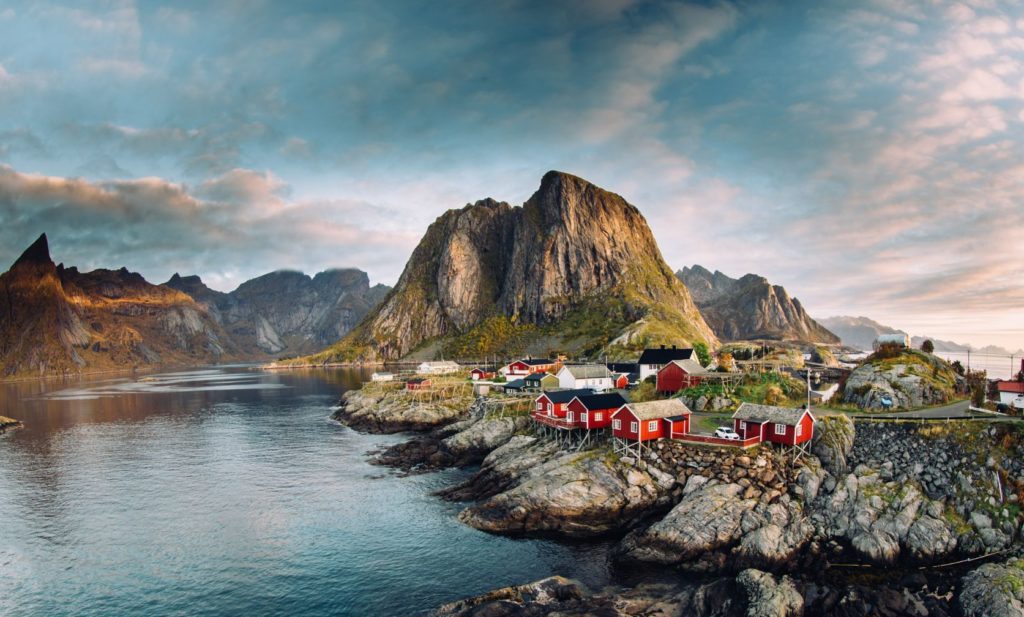
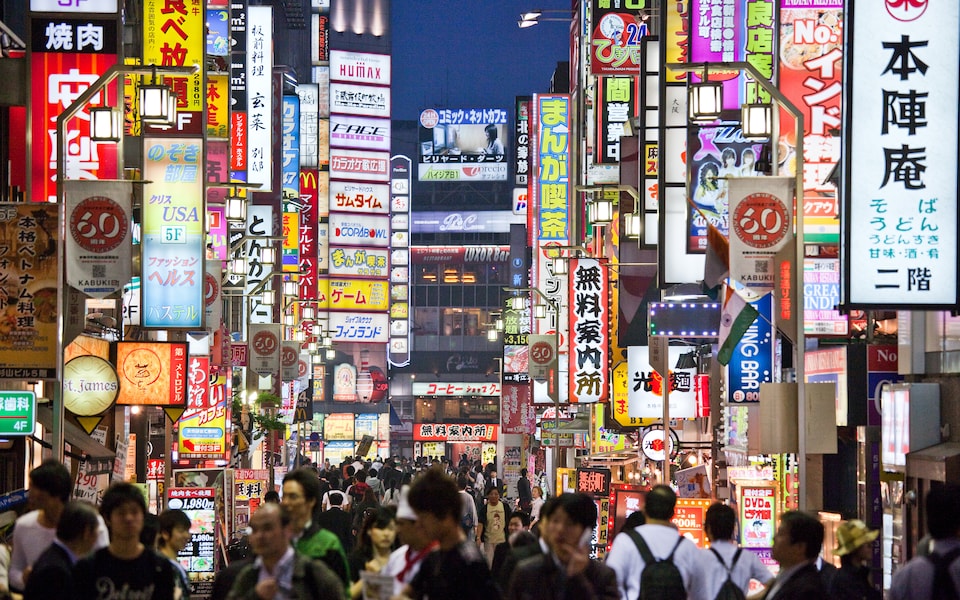
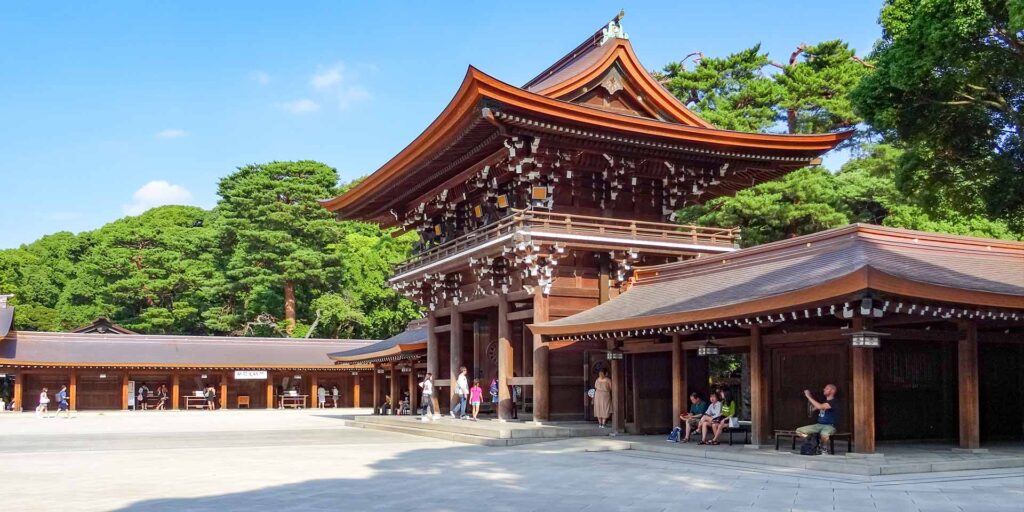
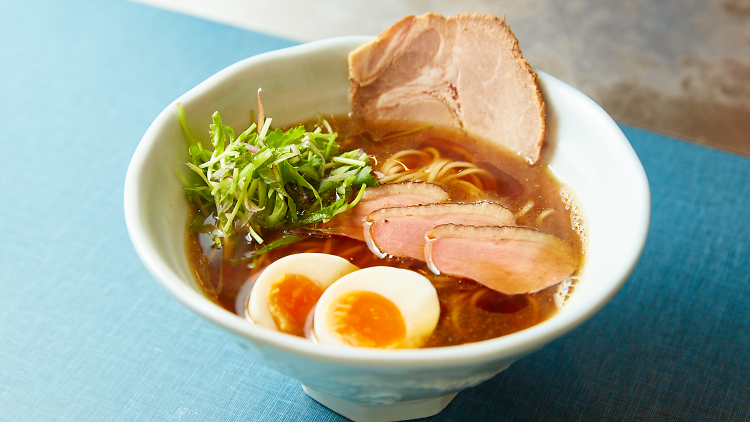
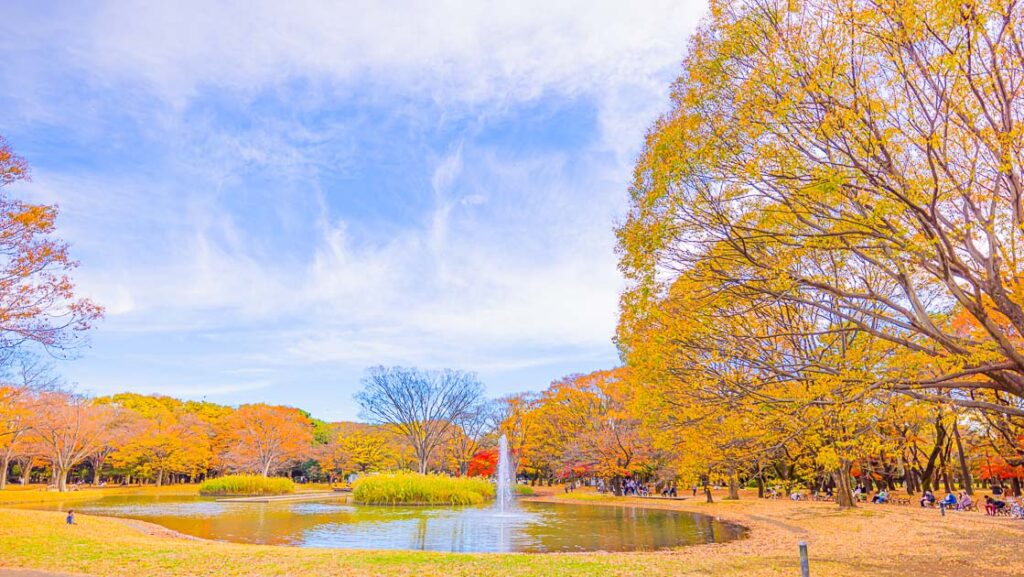
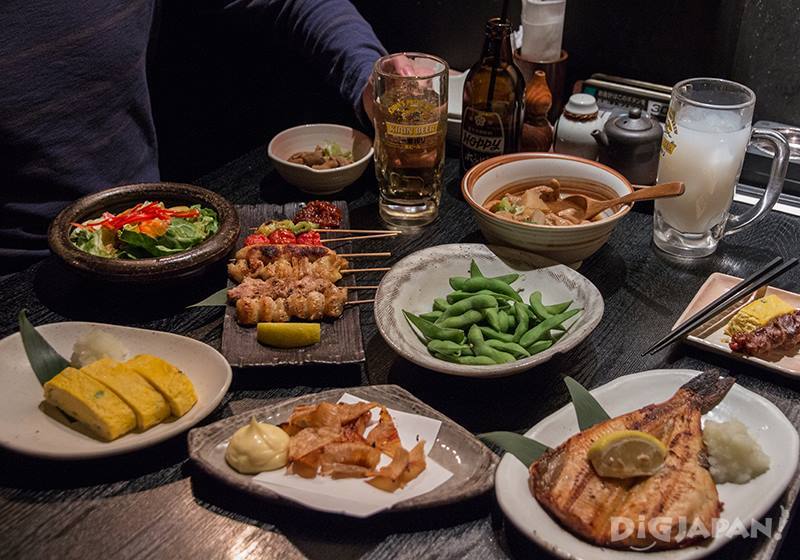
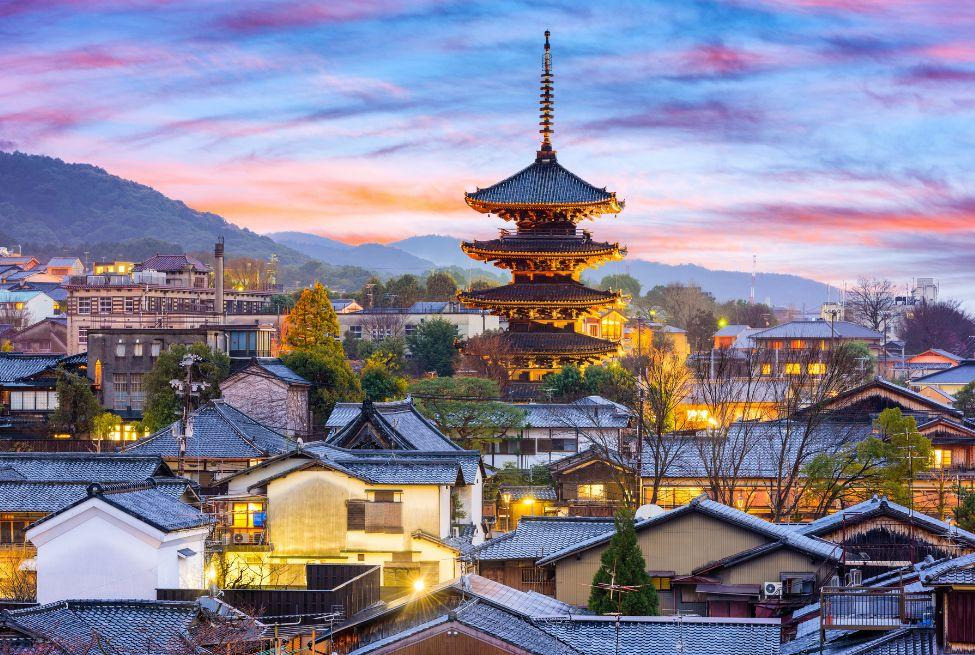 Between the first and second legs of the Samurai tour, we have a wonderful ‘stopover’ in the enchanting city of Kyoto. With its rich blend of history, culture, and natural beauty, it is a wonderful city to visit and explore. The purpose of this blog is to give you some suggestions for making the most of your time there based on the premise of having a single day to explore.
Between the first and second legs of the Samurai tour, we have a wonderful ‘stopover’ in the enchanting city of Kyoto. With its rich blend of history, culture, and natural beauty, it is a wonderful city to visit and explore. The purpose of this blog is to give you some suggestions for making the most of your time there based on the premise of having a single day to explore.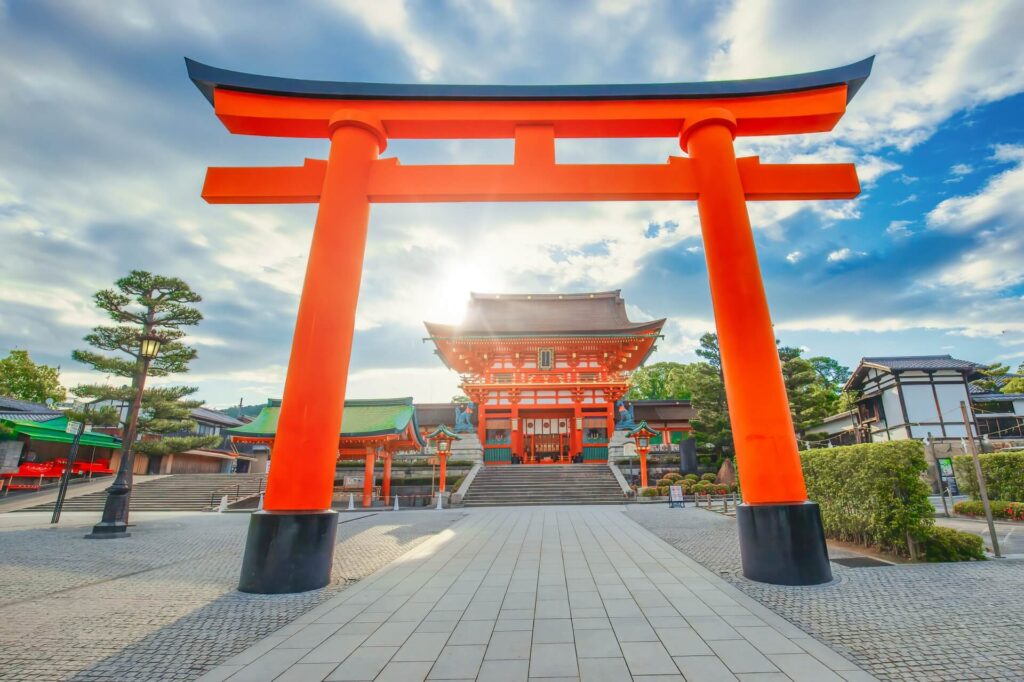 Kiyomizu-dera is an amazing UNESCO World Heritage site. This ancient temple, with its wooden stage offering panoramic views of Kyoto, is particularly stunning during cherry blossom and autumn foliage seasons. Stroll through the charming Higashiyama District, where traditional wooden machiya houses and quaint shops line the streets.
Kiyomizu-dera is an amazing UNESCO World Heritage site. This ancient temple, with its wooden stage offering panoramic views of Kyoto, is particularly stunning during cherry blossom and autumn foliage seasons. Stroll through the charming Higashiyama District, where traditional wooden machiya houses and quaint shops line the streets.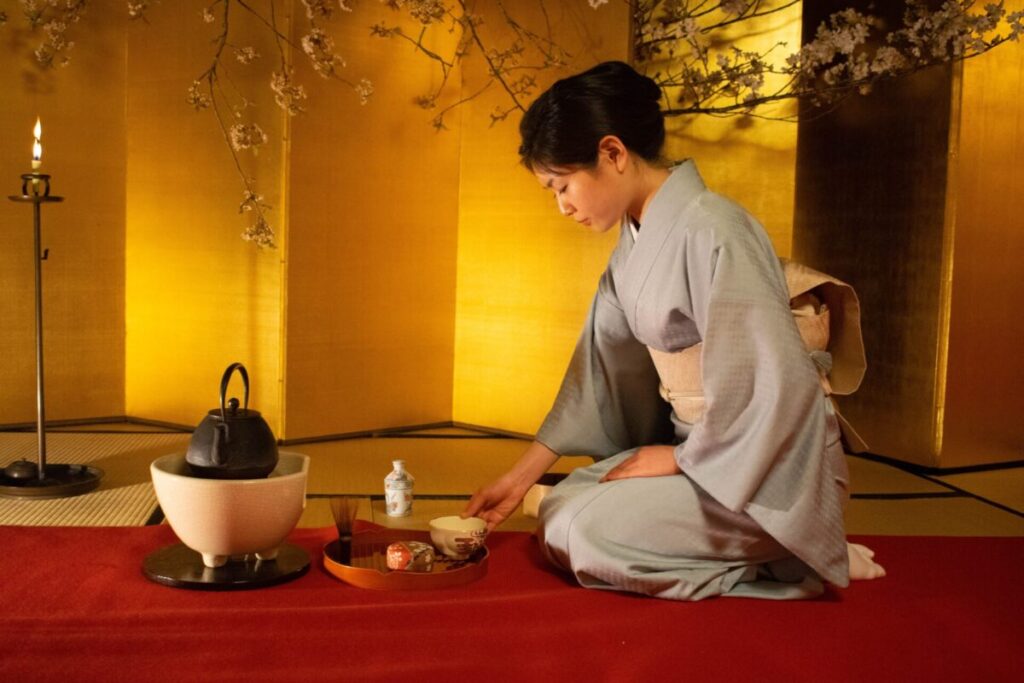 And for something a little different, why not dress up as a geisha? If you’d like to experience being a geisha for a few hours, several places in Kyoto offer “maiko henshin” (maiko transformation) services. A simple google search will bring up several businesses that offer this service. It is not something I have done personally, but I have been told that it is a lot of fun.
And for something a little different, why not dress up as a geisha? If you’d like to experience being a geisha for a few hours, several places in Kyoto offer “maiko henshin” (maiko transformation) services. A simple google search will bring up several businesses that offer this service. It is not something I have done personally, but I have been told that it is a lot of fun.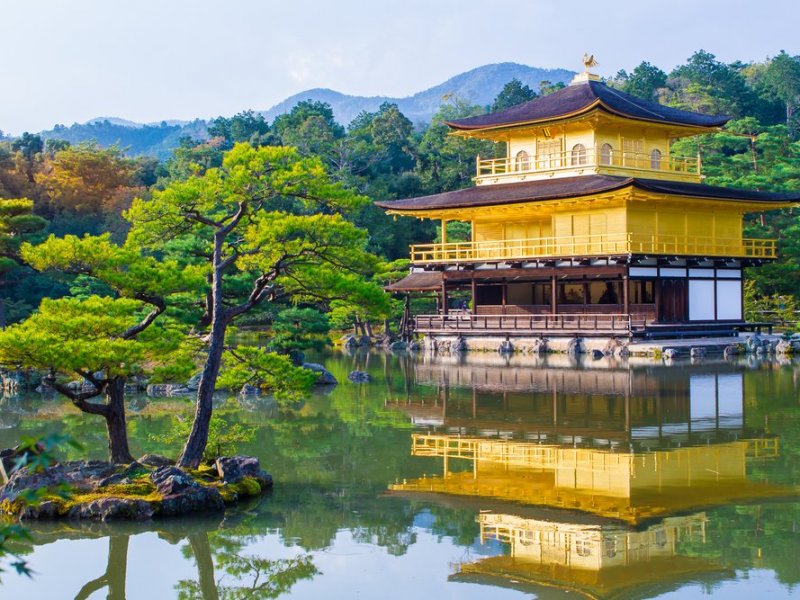
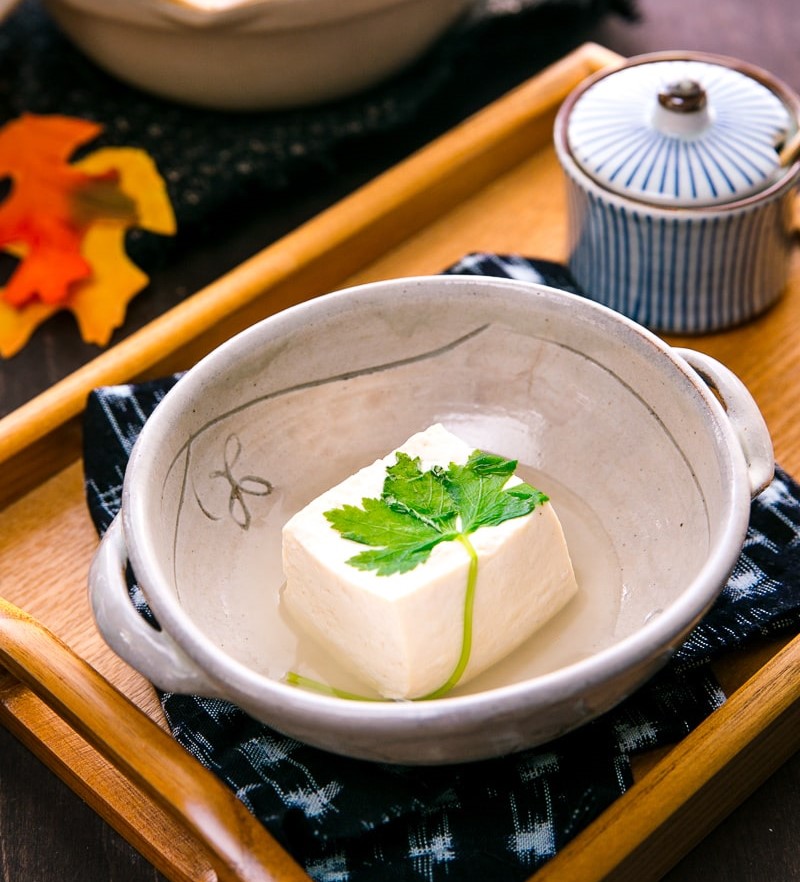
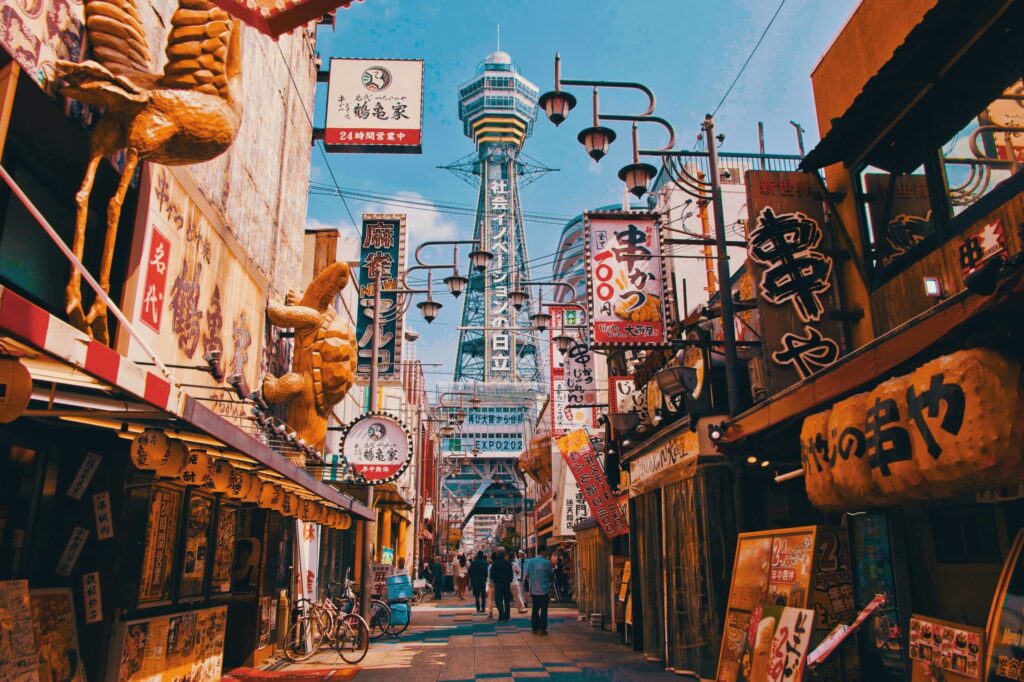
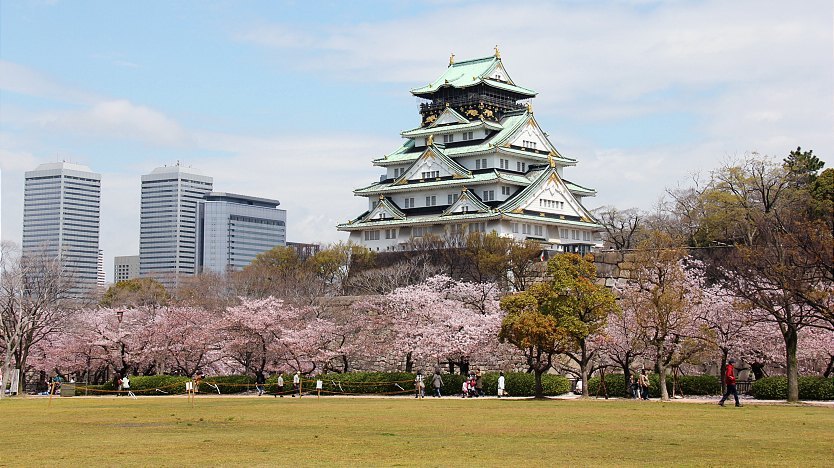
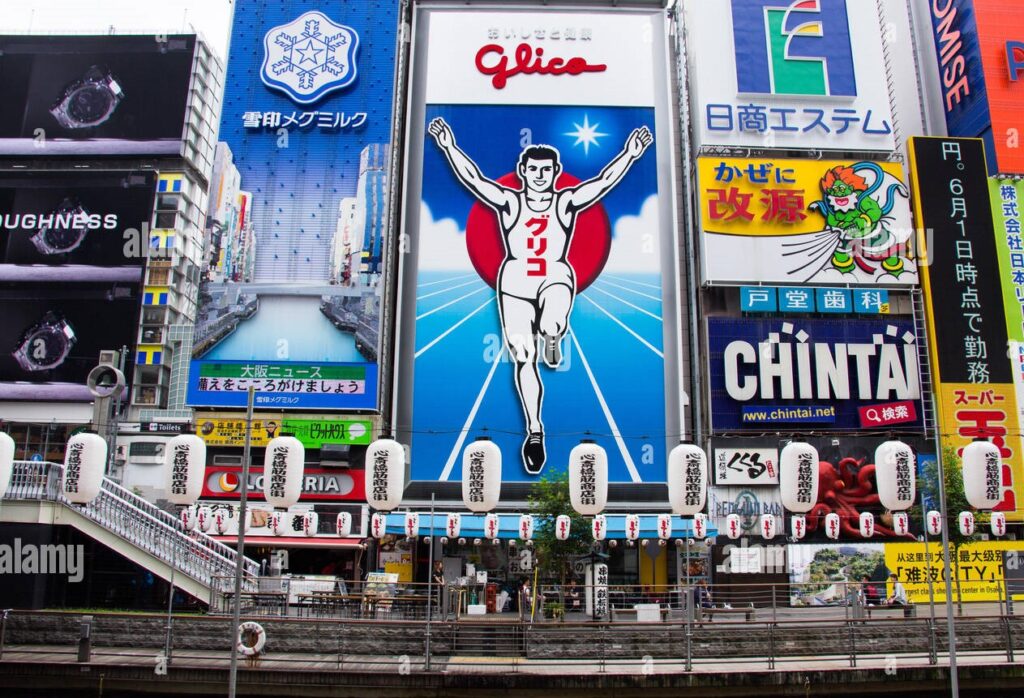
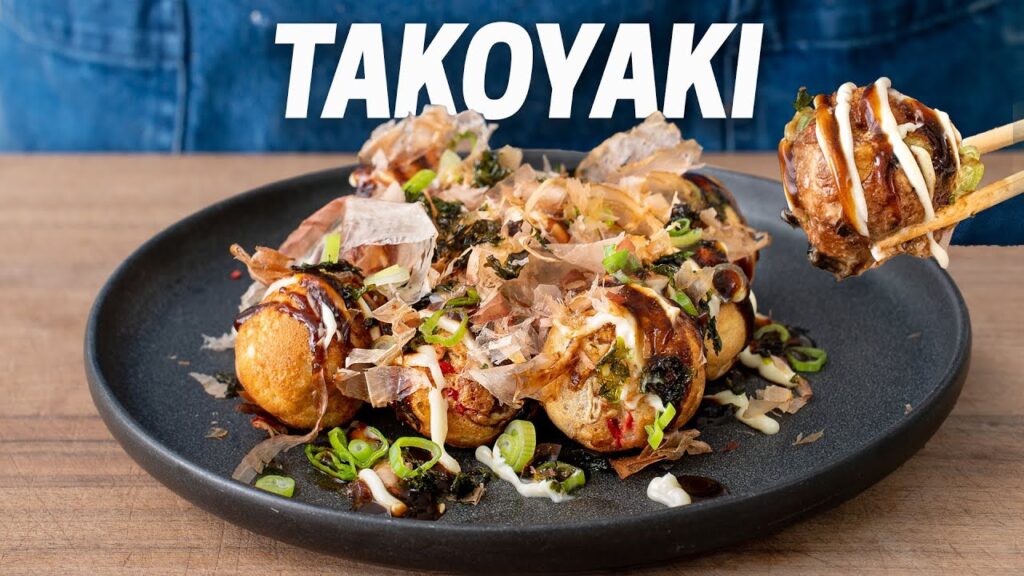
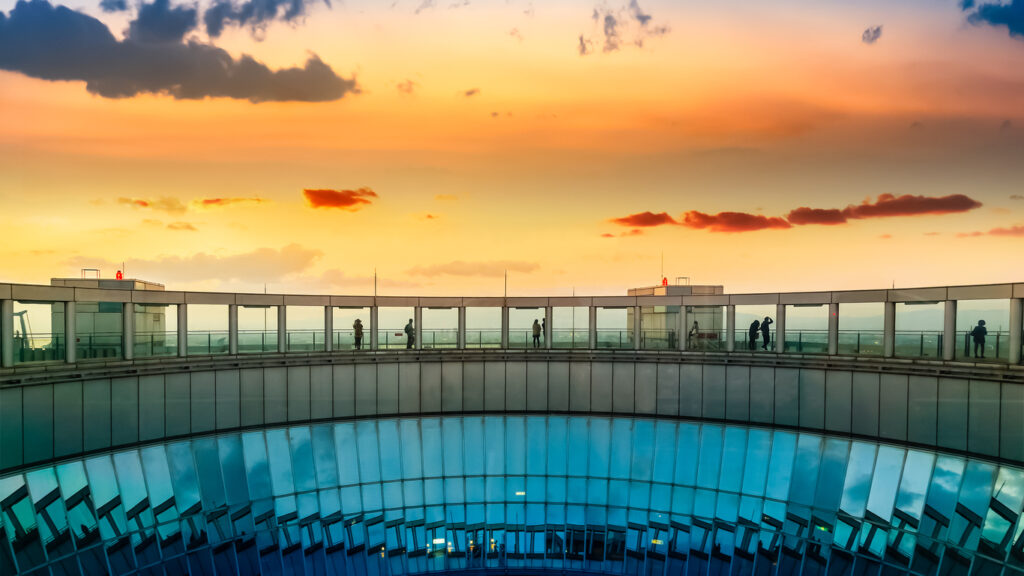
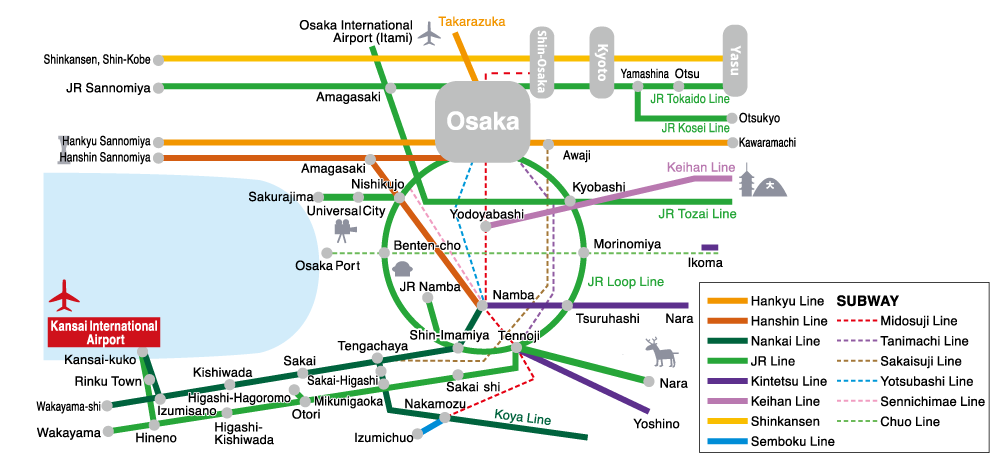
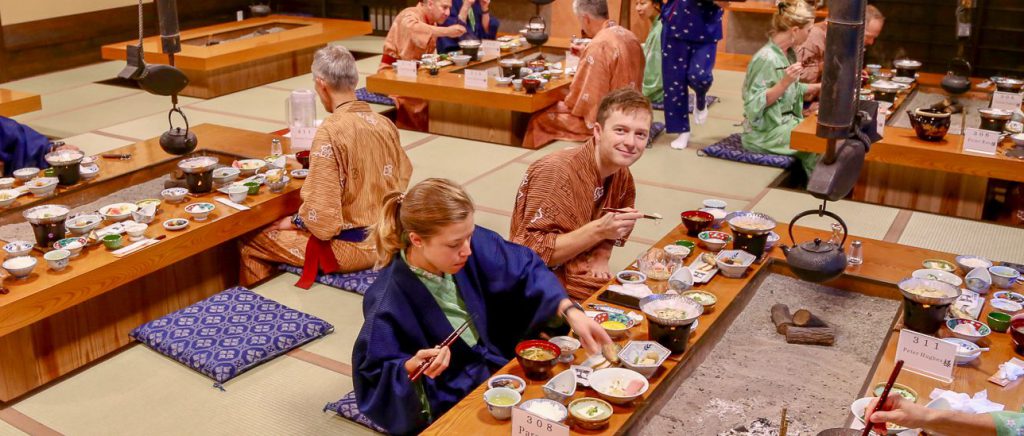
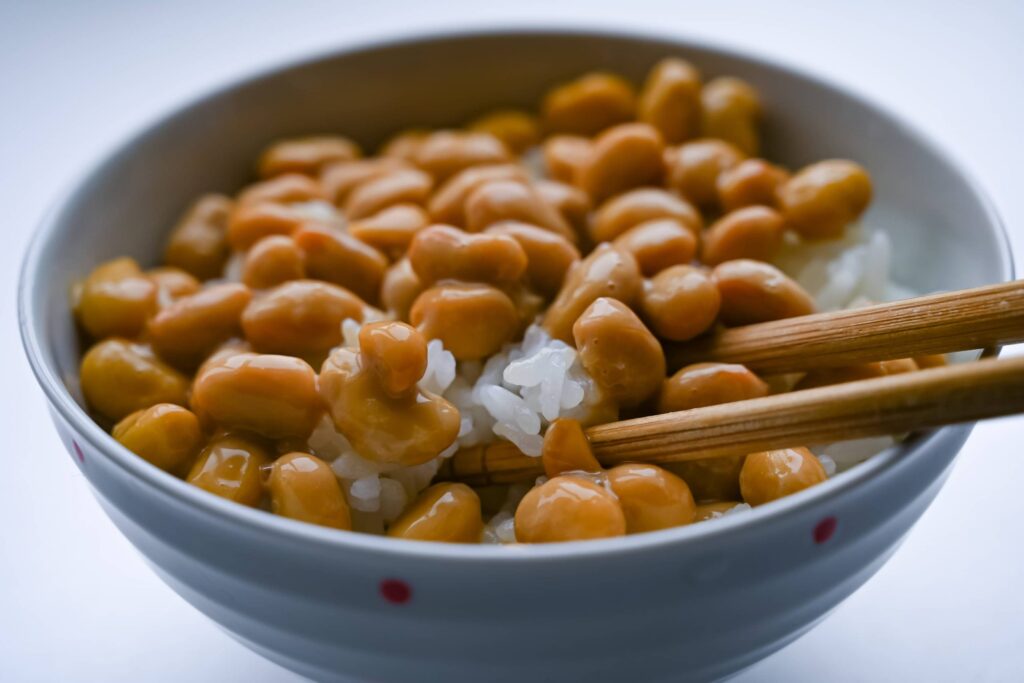
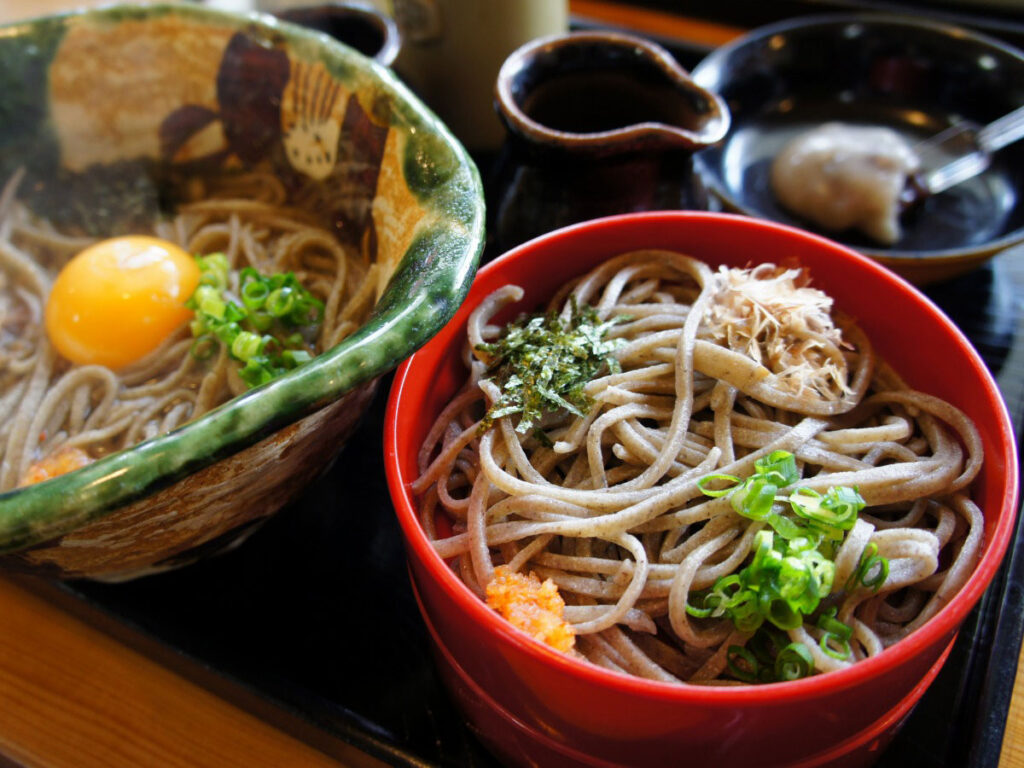 Dinnertime
Dinnertime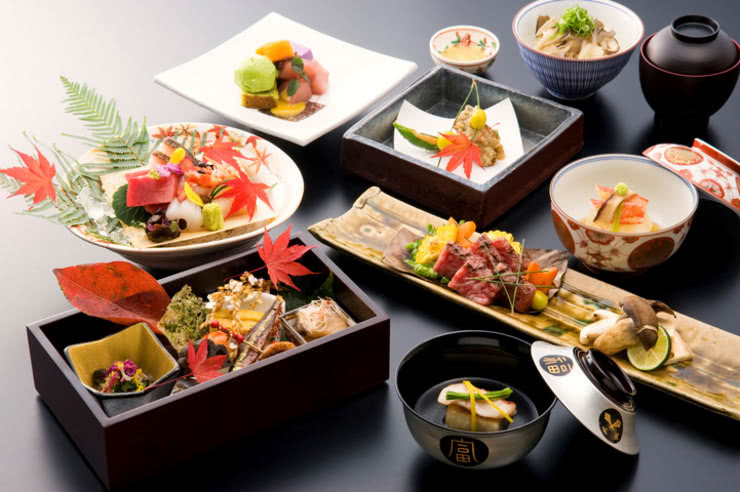
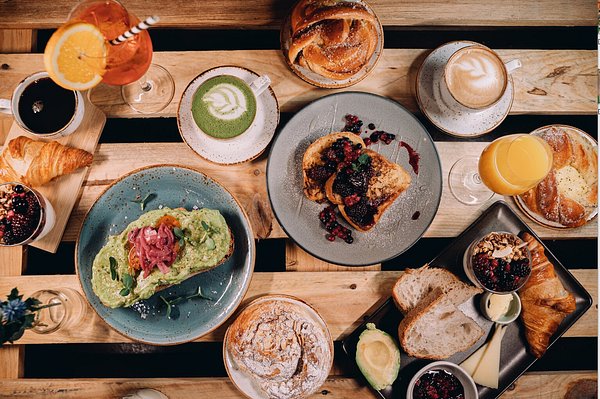
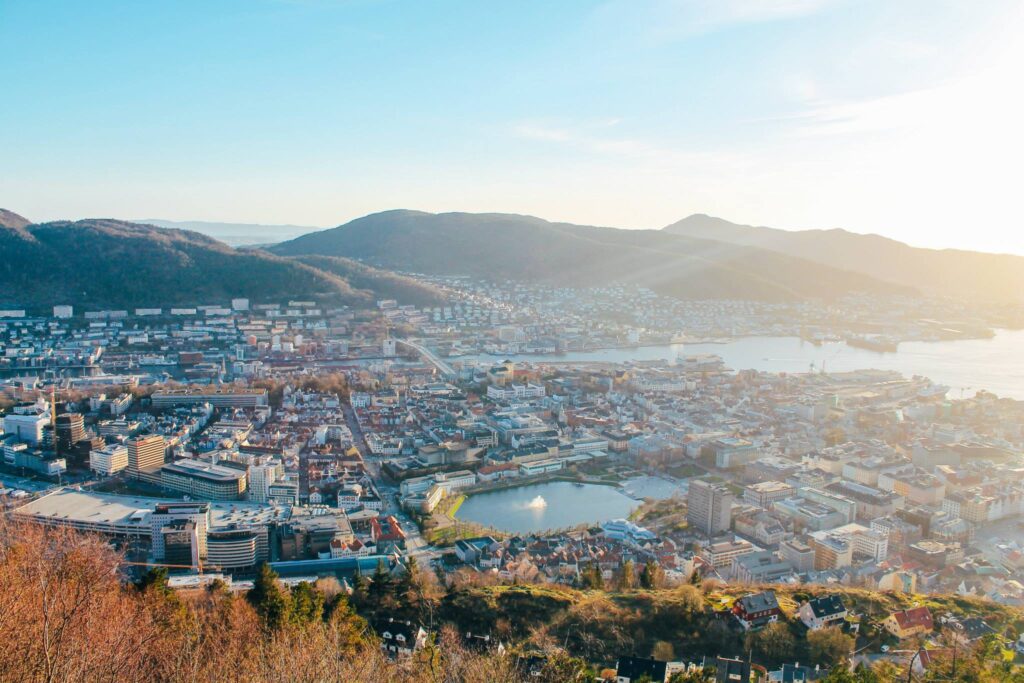 For lunch, savour traditional Norwegian cuisine at a waterfront restaurant or seafood market. Sample dishes like fish soup, Bergen fish cakes, or fresh seafood platters showcasing local catches from the North Sea.
For lunch, savour traditional Norwegian cuisine at a waterfront restaurant or seafood market. Sample dishes like fish soup, Bergen fish cakes, or fresh seafood platters showcasing local catches from the North Sea.